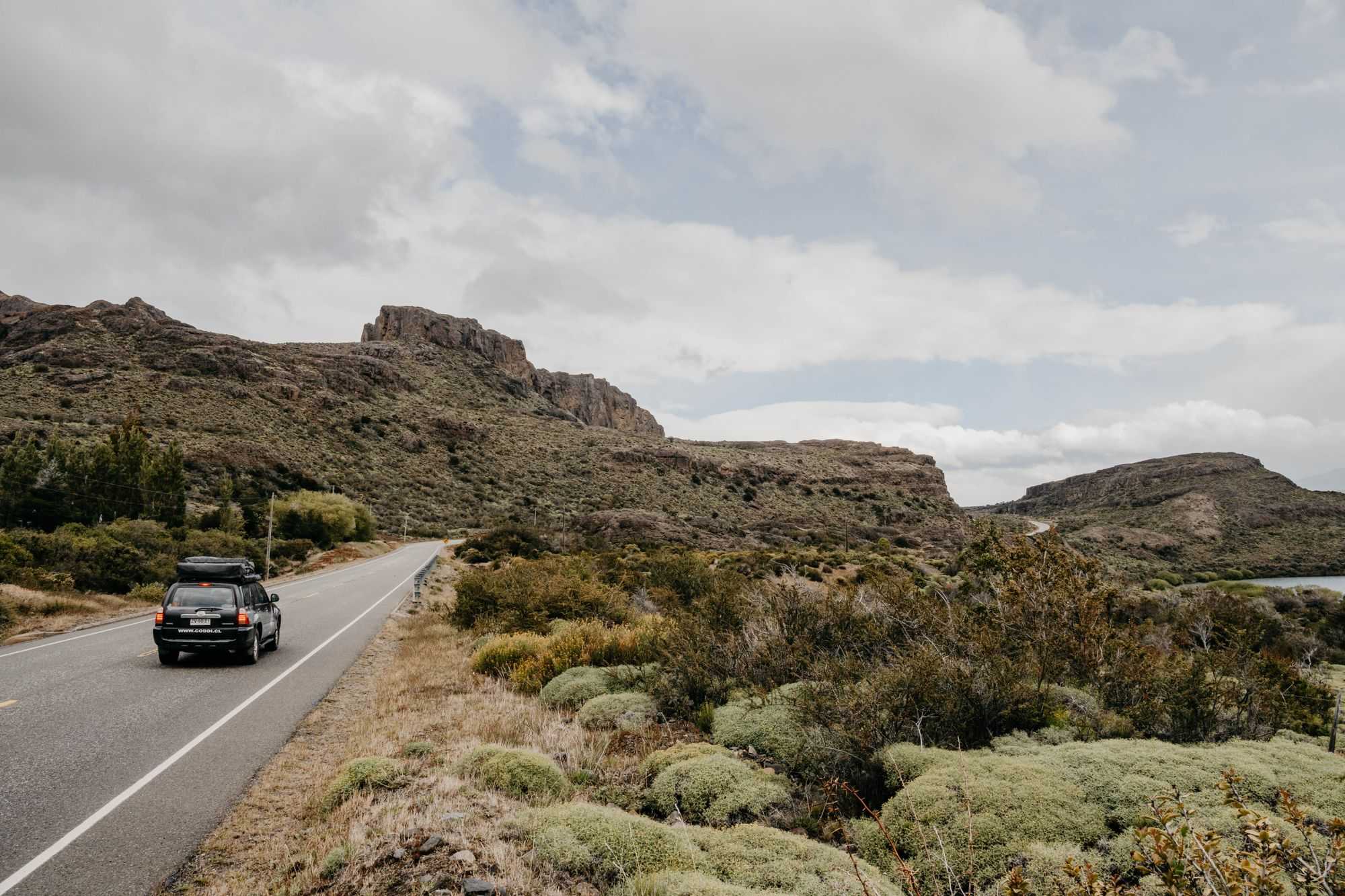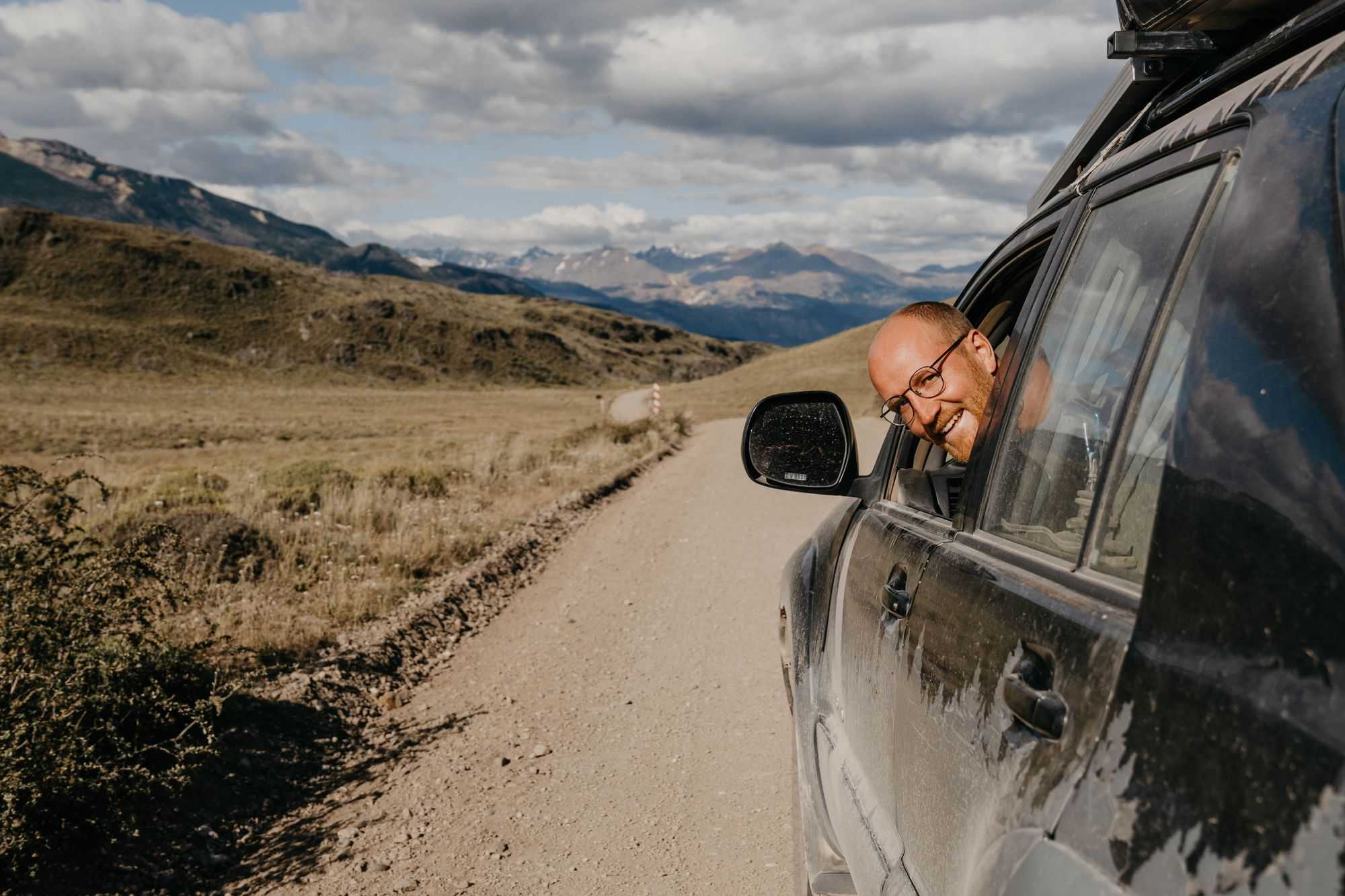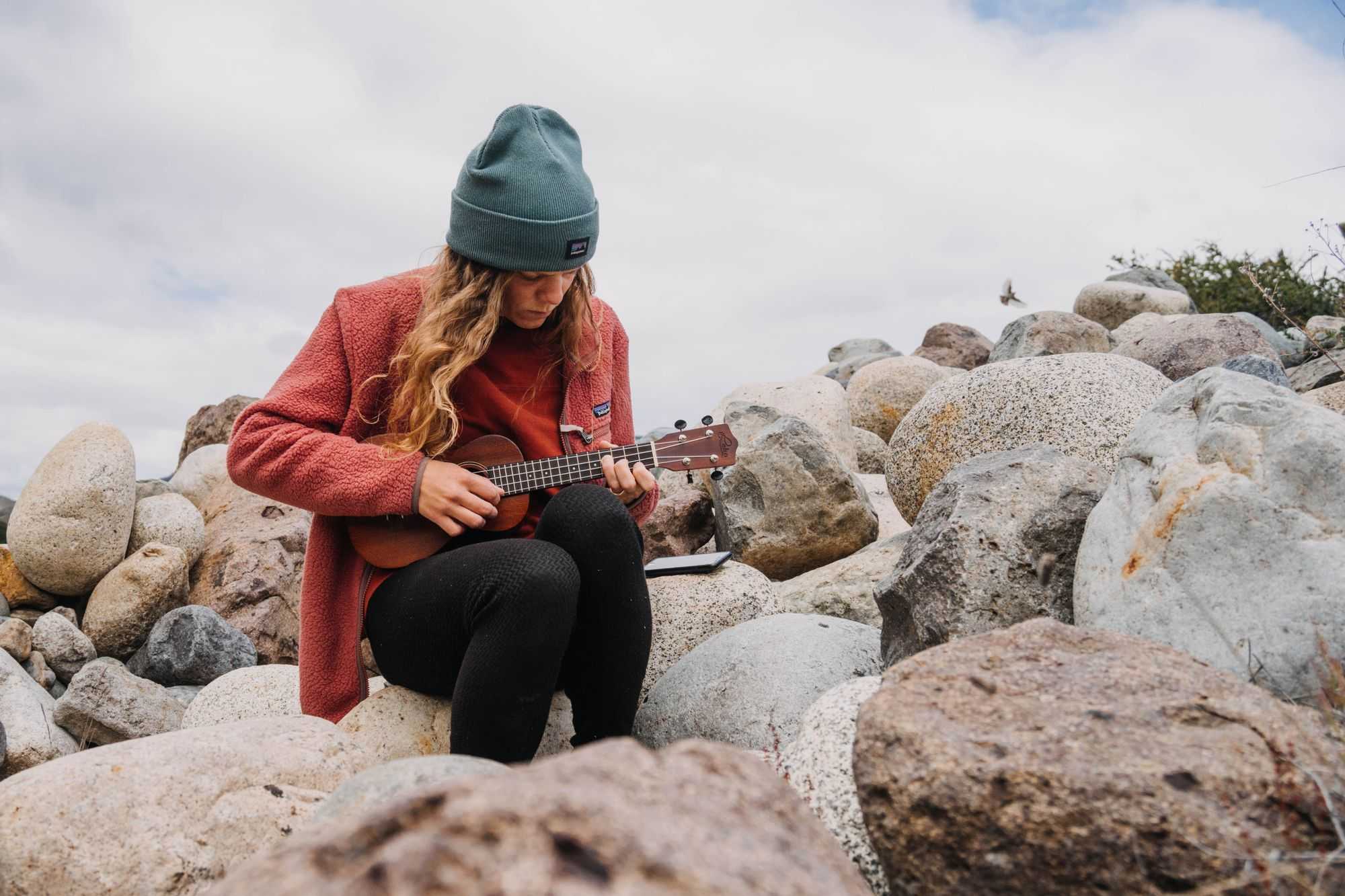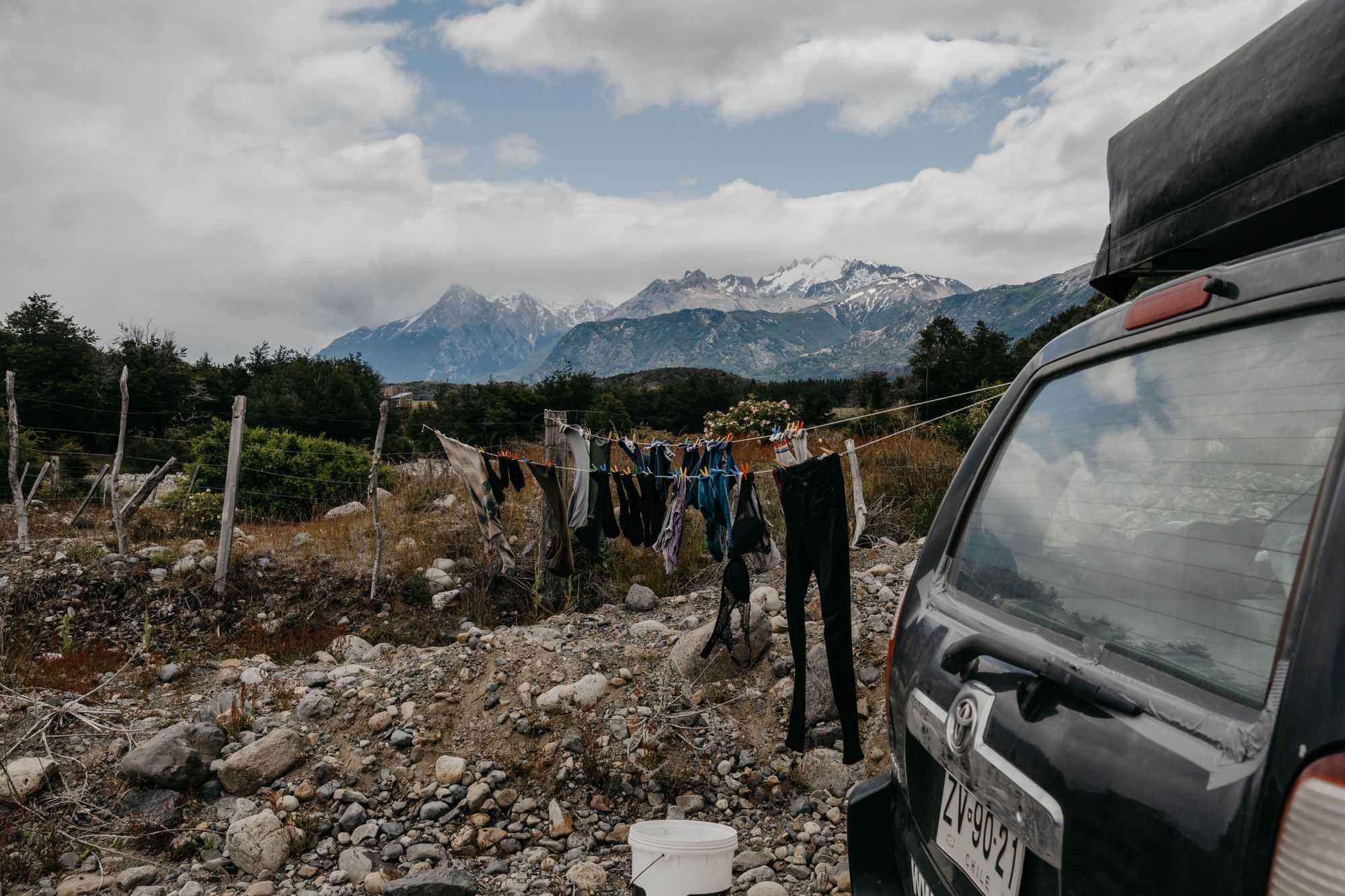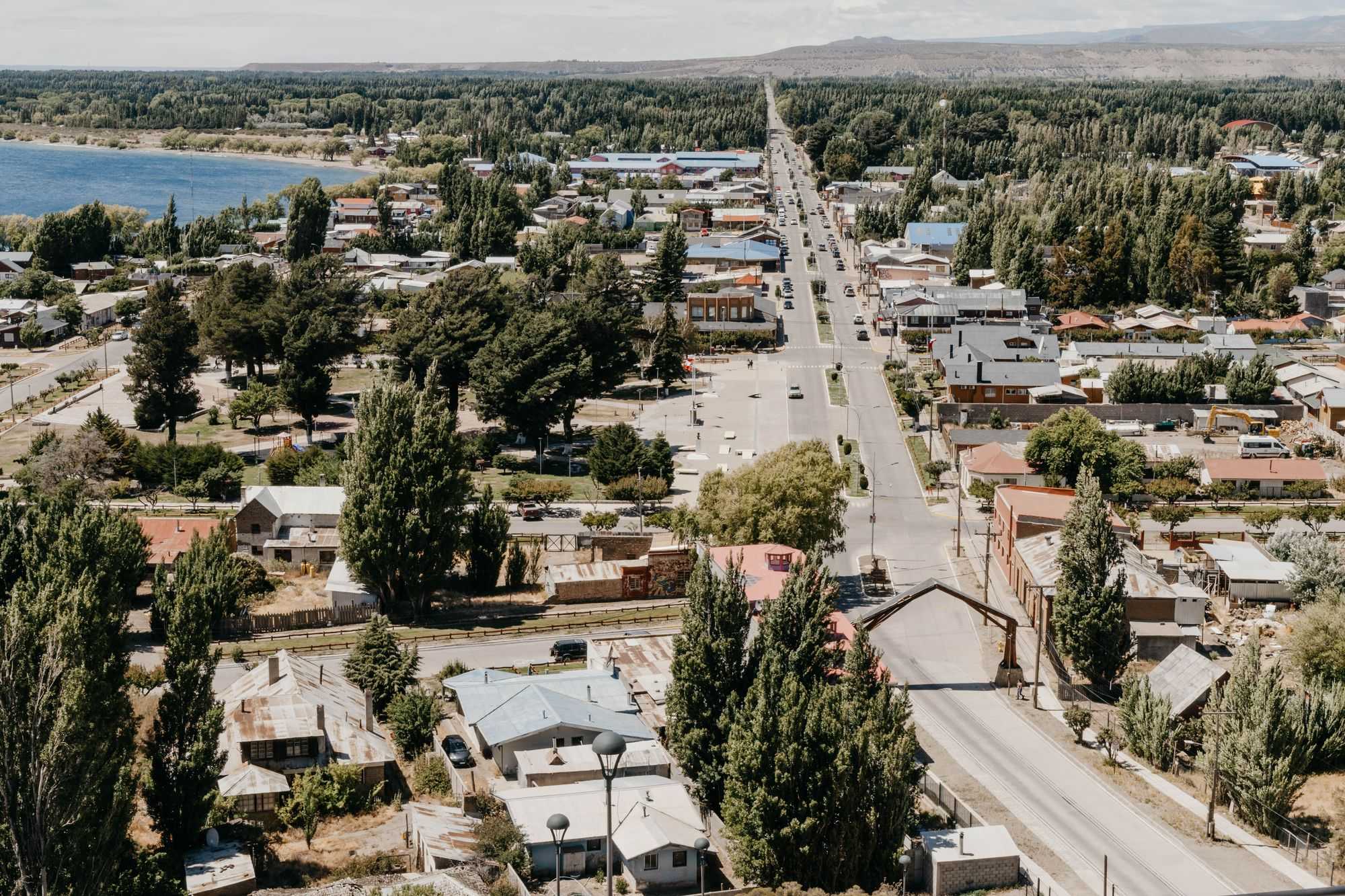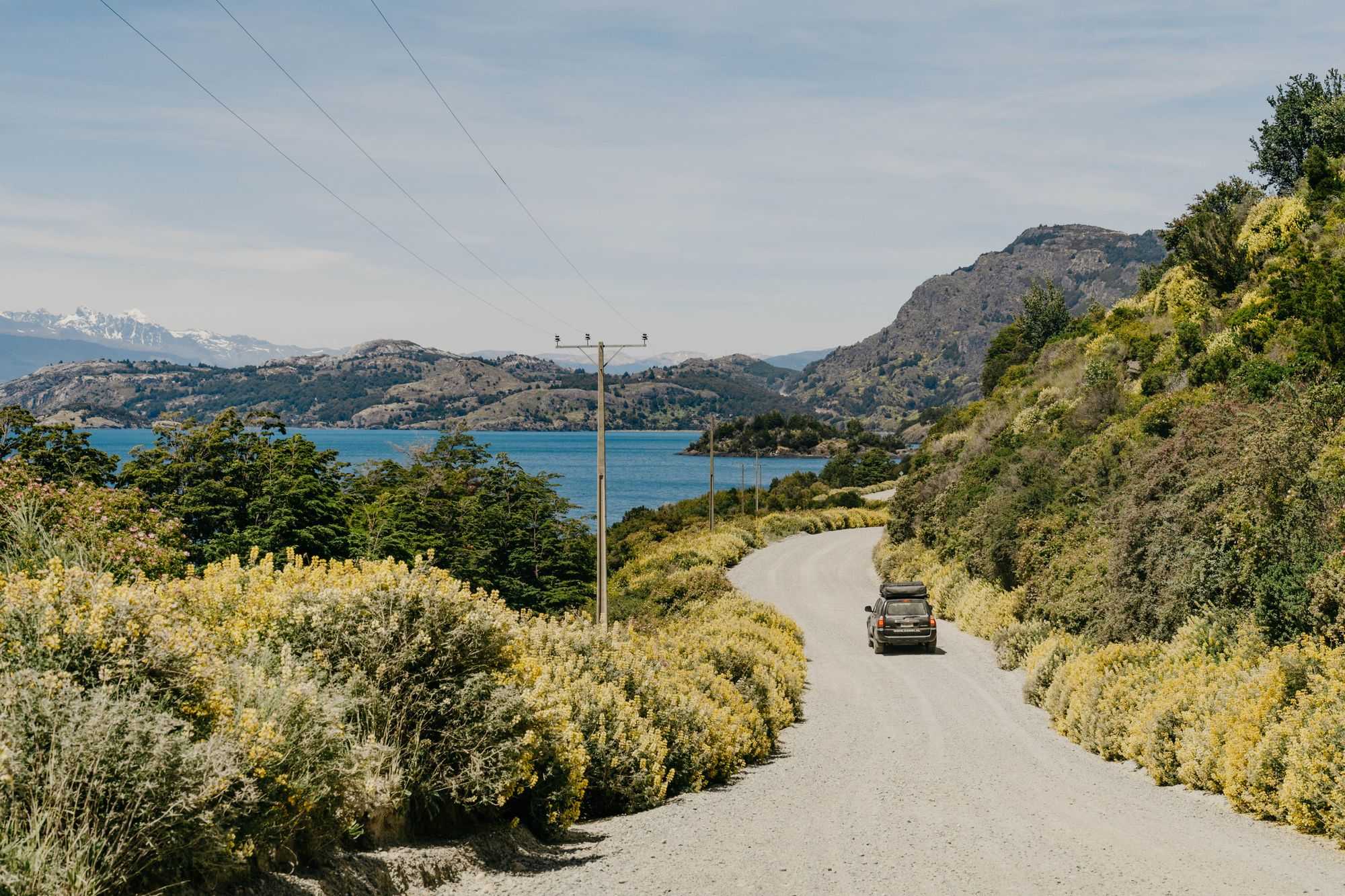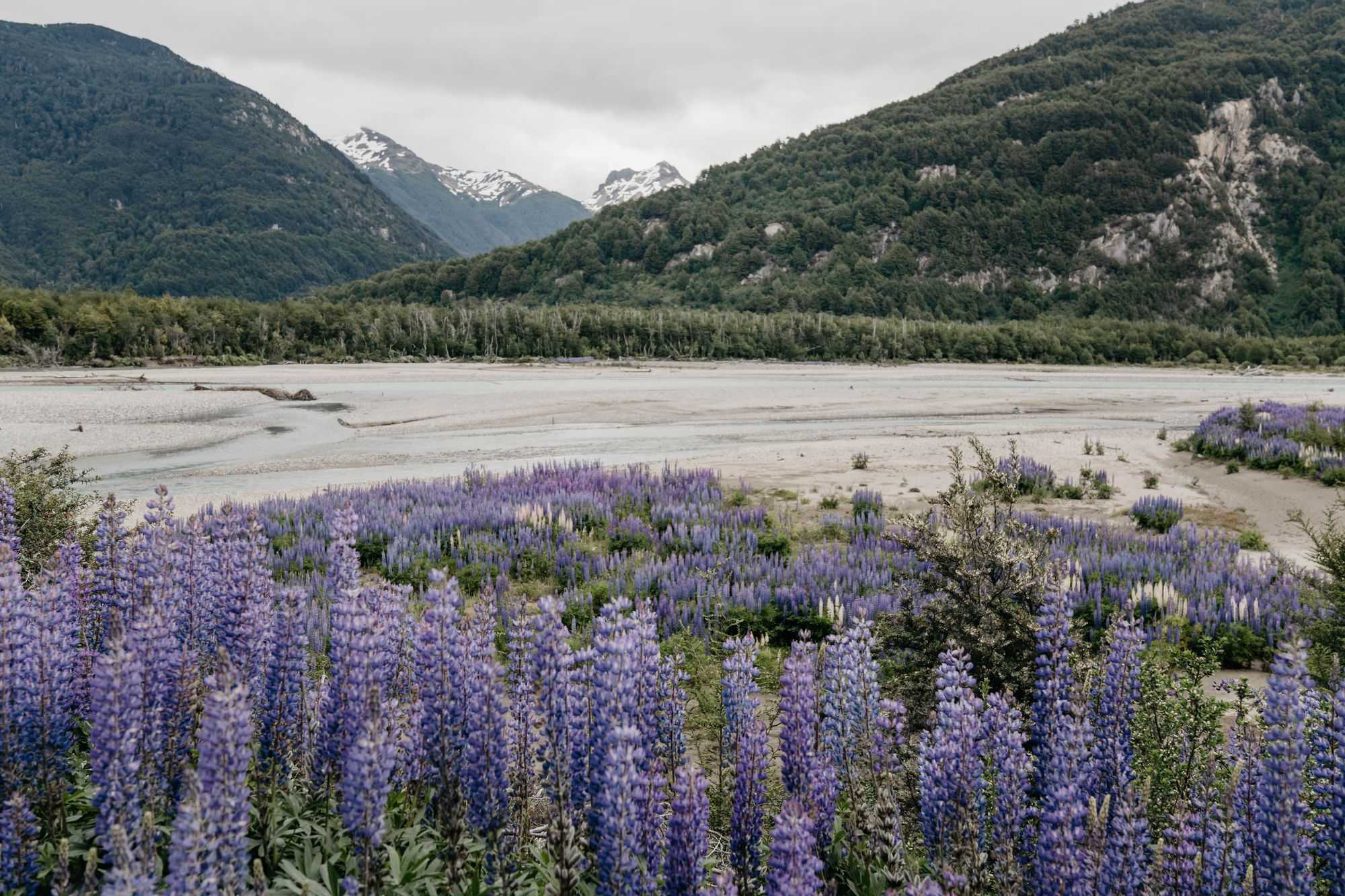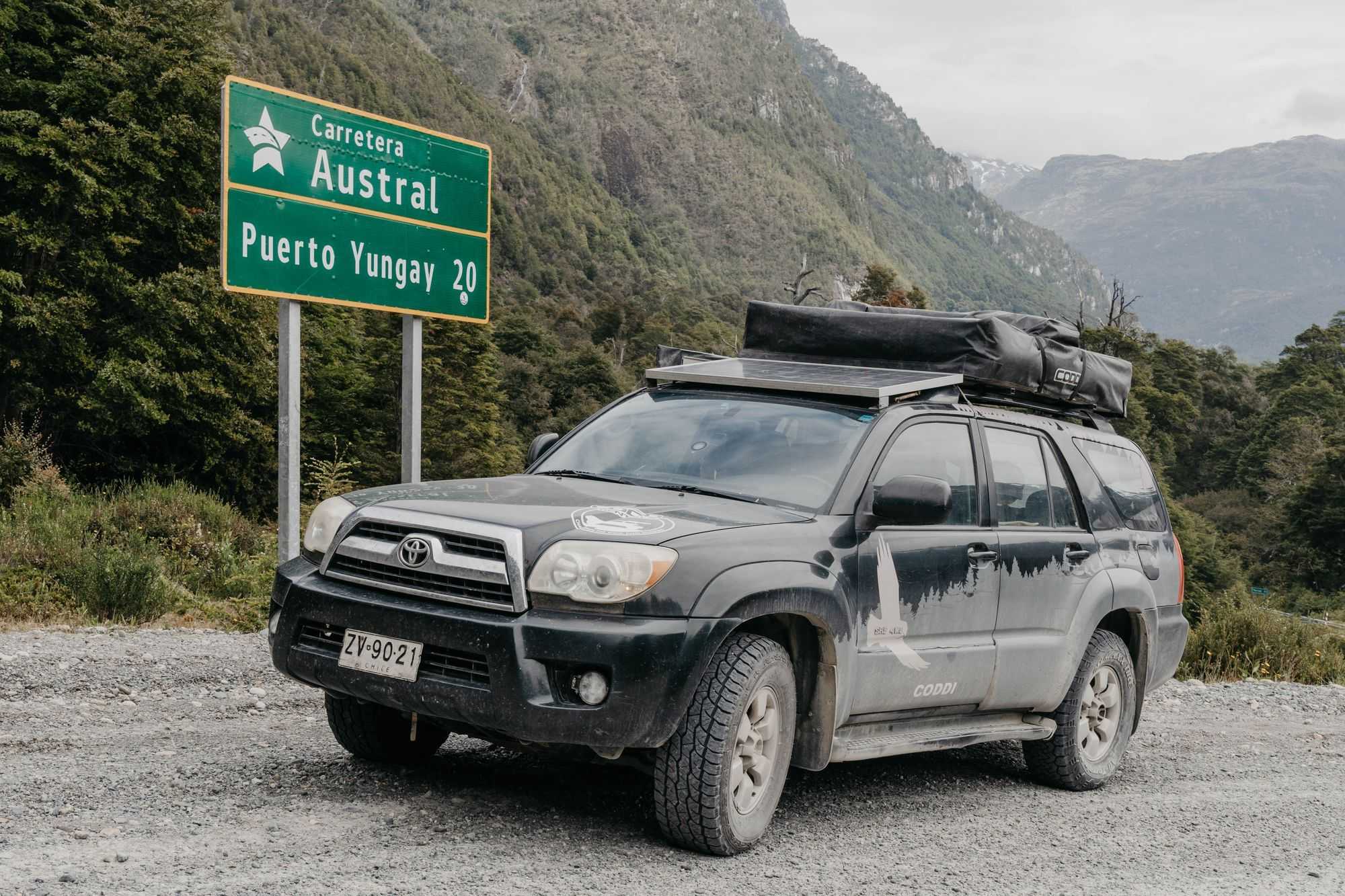Carretera Chronicles
A story about the impressive journey on the legendary "Carretera Austral" with the well-known main protagonists Beni, Sara and Javier.
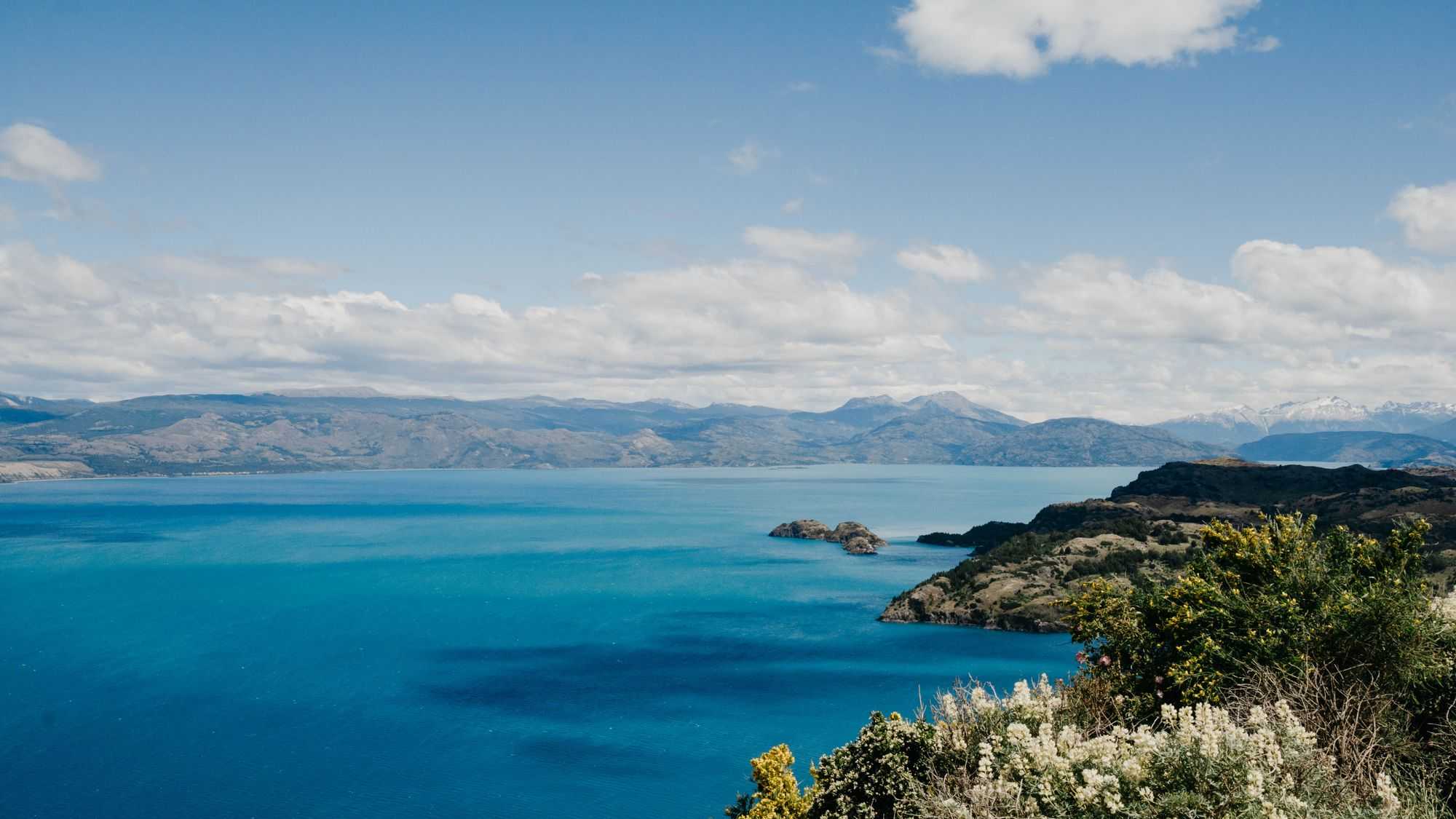
Chapter I: THE South American Dream Road?
A great reputation precedes this famous route, which stretches from Puerto Montt in the north to Villa O'Higgins in the south. In 1976, the construction of the road began, which was intended as a prestige project of the Pinochet dictatorship at the time. It took many years to build the road through the sparsely populated north of Chilean Patagonia, because the terrain is impassable, criss-crossed by rivers, lakes and mountains. To this day, the 1350km route is not completely asphalted, although such promises have often been made by politicians. But what makes the route so special? Exactly this remoteness. The arduous construction allows us today to admire the relatively untouched landscape, which is protected by many national parks (the whole of Chile is home to 36 national parks), from the car. Enough facts, we get in the car and drive off, ready to follow the myth of the dream road.
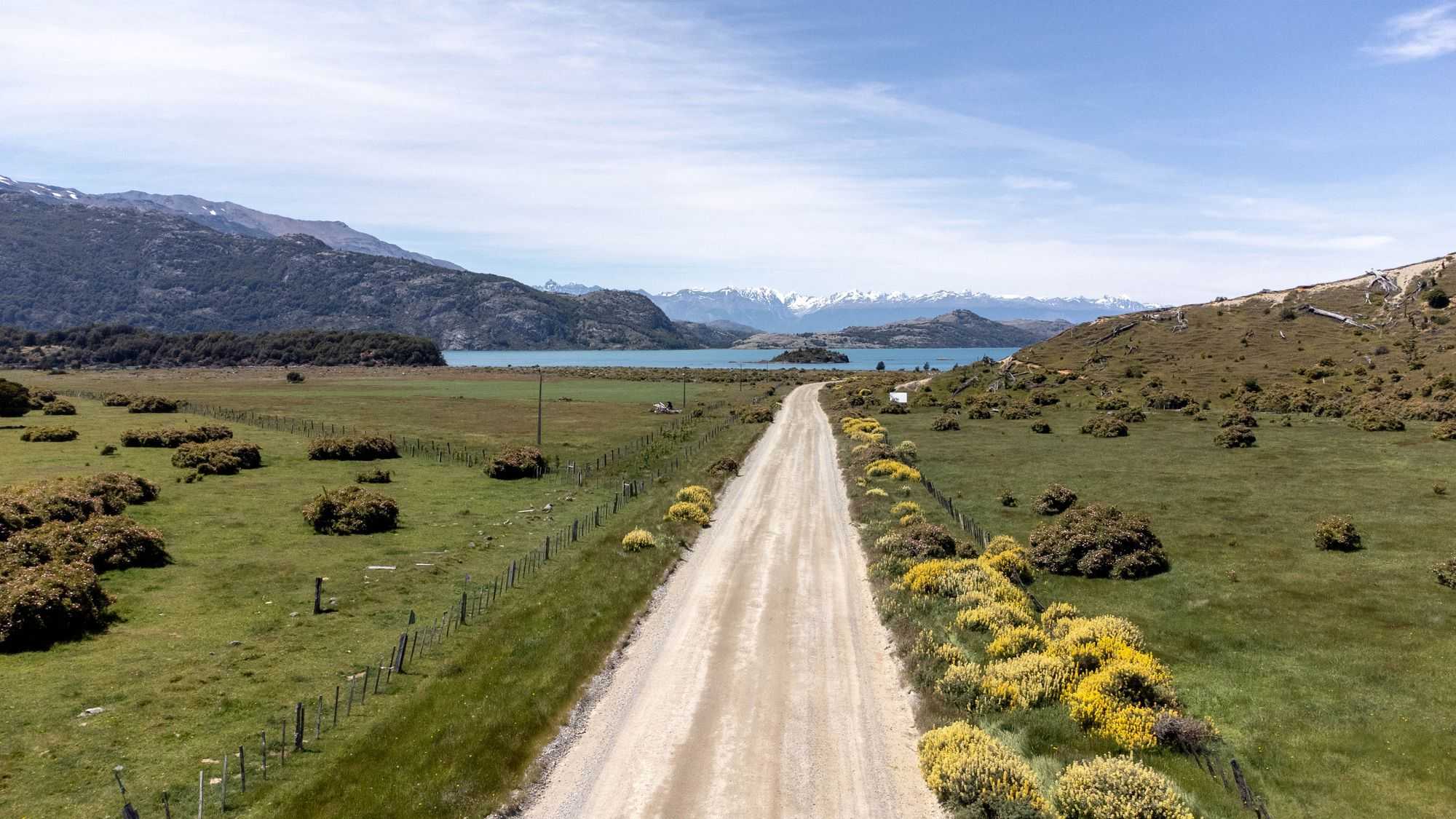
Chapter II: Another volcano
The first stop is at the volcano Chaitén, next to the village of the same name, which was heavily damaged during the last eruption in 2008. Actually, the village was supposed to be rebuilt 10 km to the north, where it would be better protected from another outbreak of the still active giant, but the inhabitants wanted it differently and reconstructed the village in the same place. Hopefully it will not blow the lid off the mountain again so soon. A short but steep climb gives us a view into/onto the crater, where several columns of smoke rise into the sky and are witnesses to the activity. For the first time, we get a foretaste of what to expect over the next few weeks. Our gaze wanders across untouched landscape, where rivers still run their course undisturbed and signs of civilisation are limited to the one road. Back at the foot of the volcano, we drive to our overnight place directly at the sea, where dolphins and seals kiss each other good night and we are allowed to watch them. And we also say good night to our new acquaintances, a German couple who are travelling with a similar setting and whose paths we will cross a few more times. By the way, we have hardly driven any kilometres up to here, because we spent the stretch from Puerto Montt to Chaitén more or less asleep on the ferry.
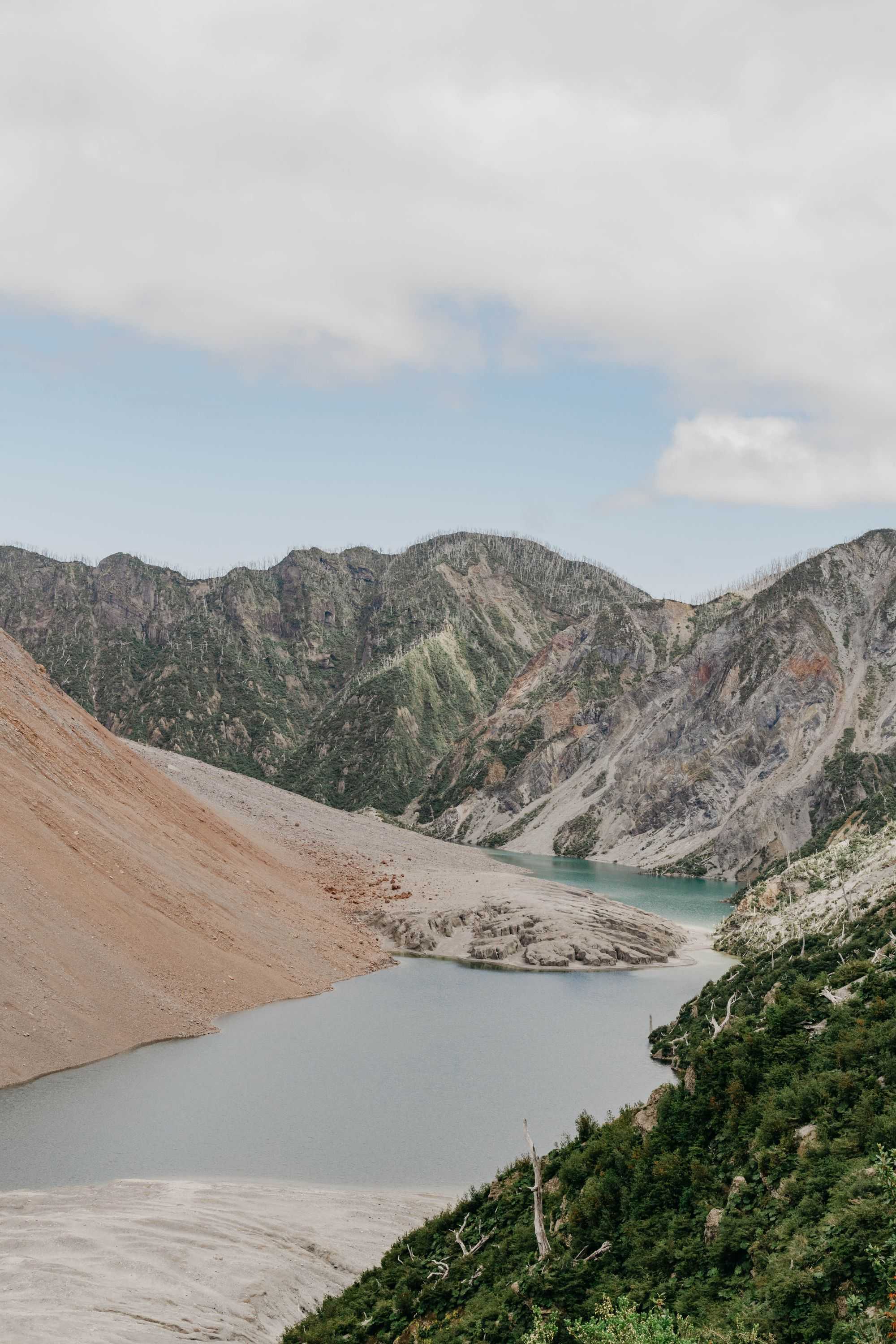
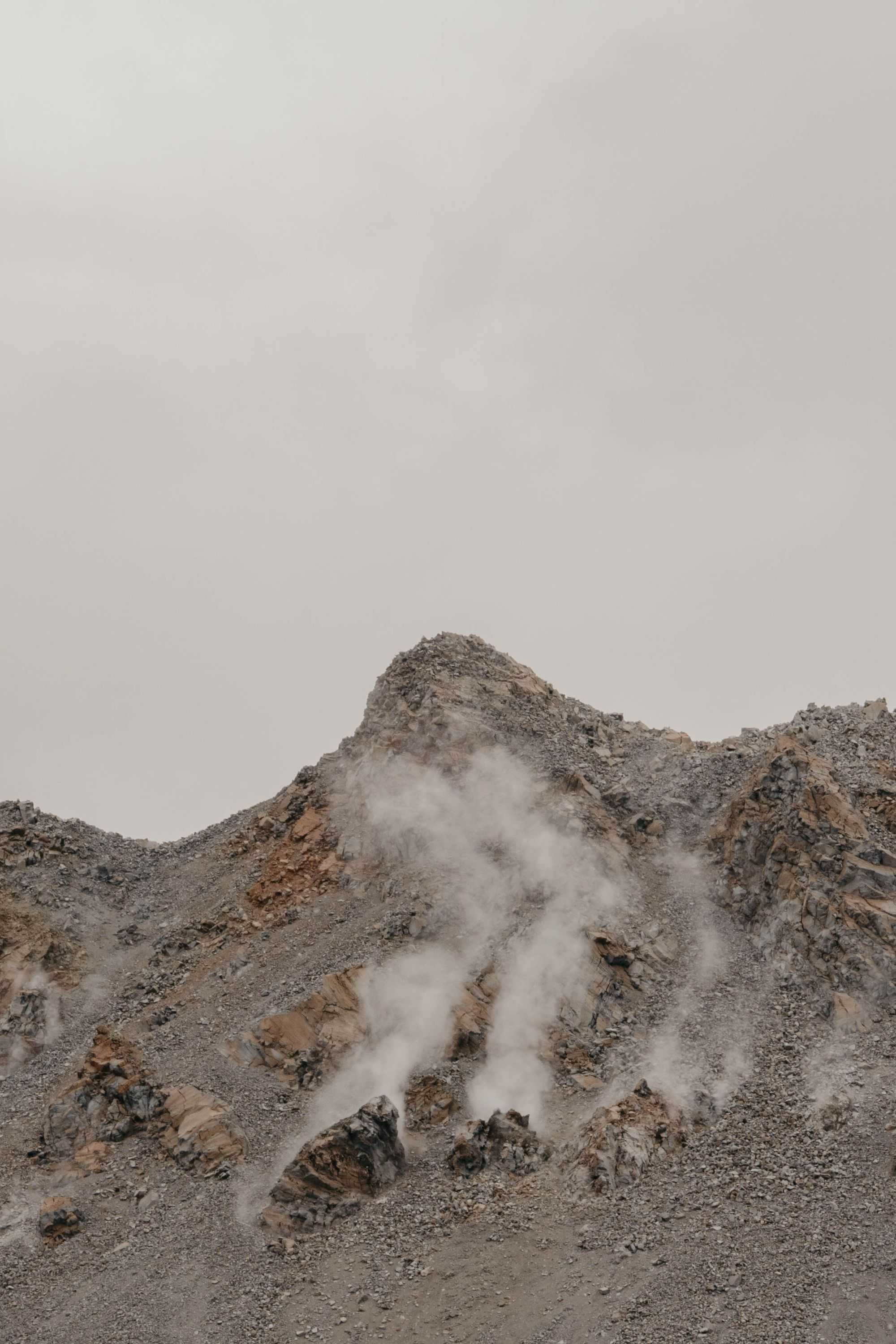
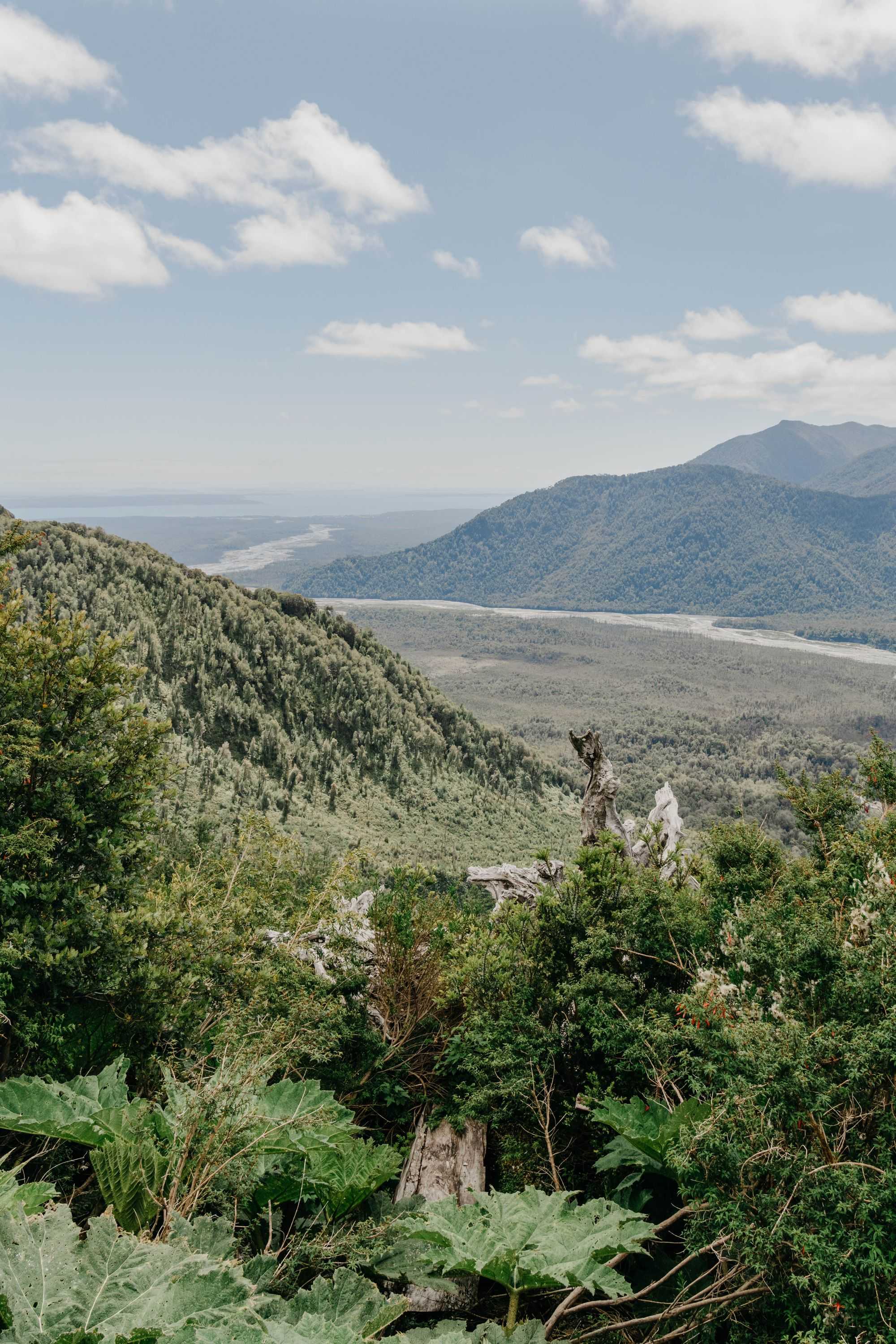
Chapter III: These weather forecasts
It could be so beautiful if it weren't for the weather. The weatherman is not predicting much good for the next few days, if not weeks. As far as the weather forecast goes, only rain. Not quite what we had in mind. Of course, we know about the inconsistency of the Patagonian weather, but such a long period of bad weather is not much fun. Nevertheless, we spend the first day of the journey without rain and catch a few glimpses of the fantastic landscape despite the clouds. Our legs are also allowed to work and carry us to several viewpoints where we can marvel at the unfortunately shrinking glaciers. A plan has to be made, because jetting down the road in bad weather is not an option for us, after all, it is precisely for the breathtaking scenery along the way that it is known. So a detour to the rafting paradise comes in handy. Futaleufú, a world-famous rafting Mecca, is located right on the Argentinean border. If you're going to get wet, then do it properly, that's the motto. The river, abundantly filled by the melting snow, offers the perfect playground for a wild river ride, which is great fun until we all deliberately (and somewhat naively) jump into the icy river towards the end and then sit freezing in the boat. Nevertheless, a welcome change in the pouring rain.
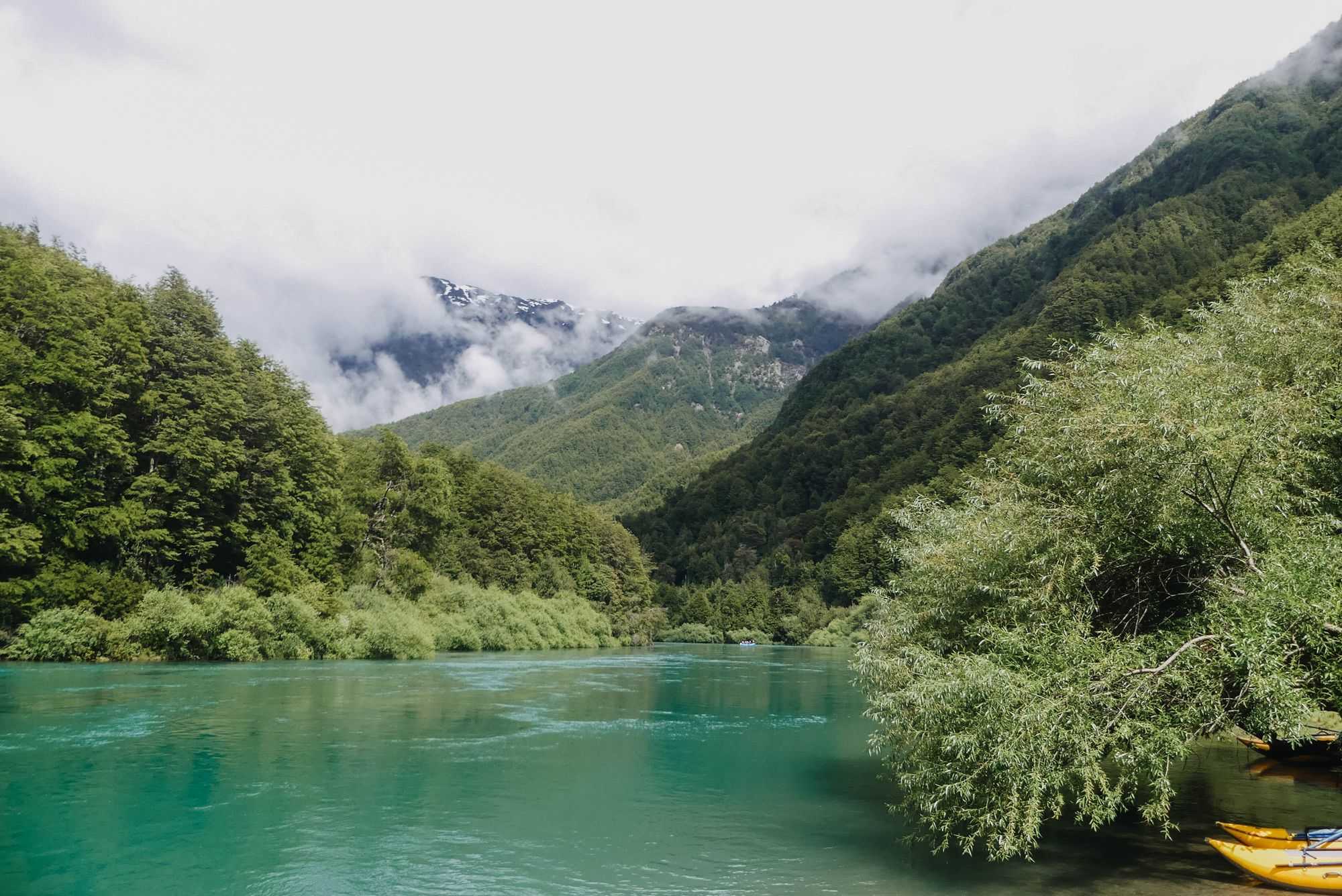
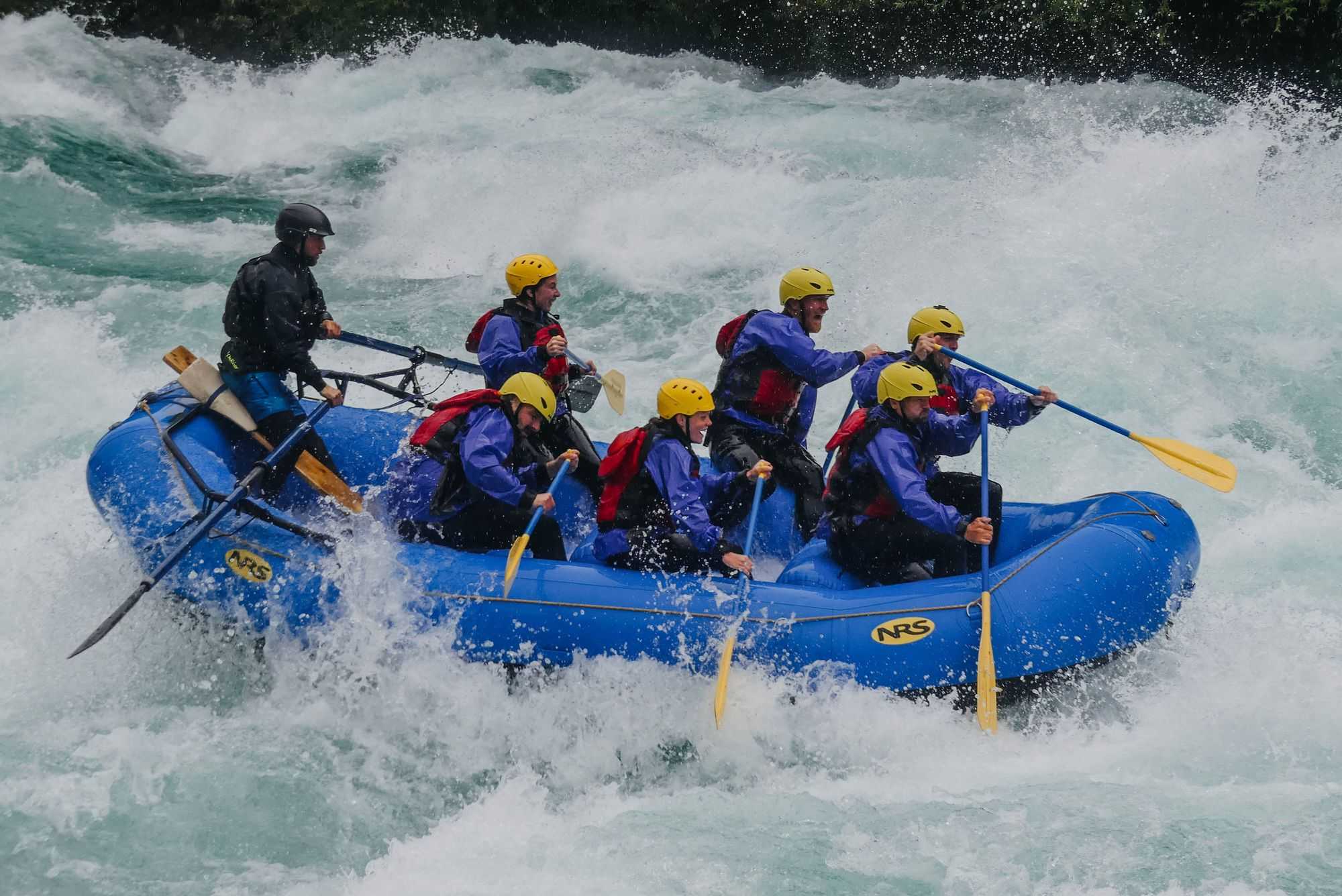
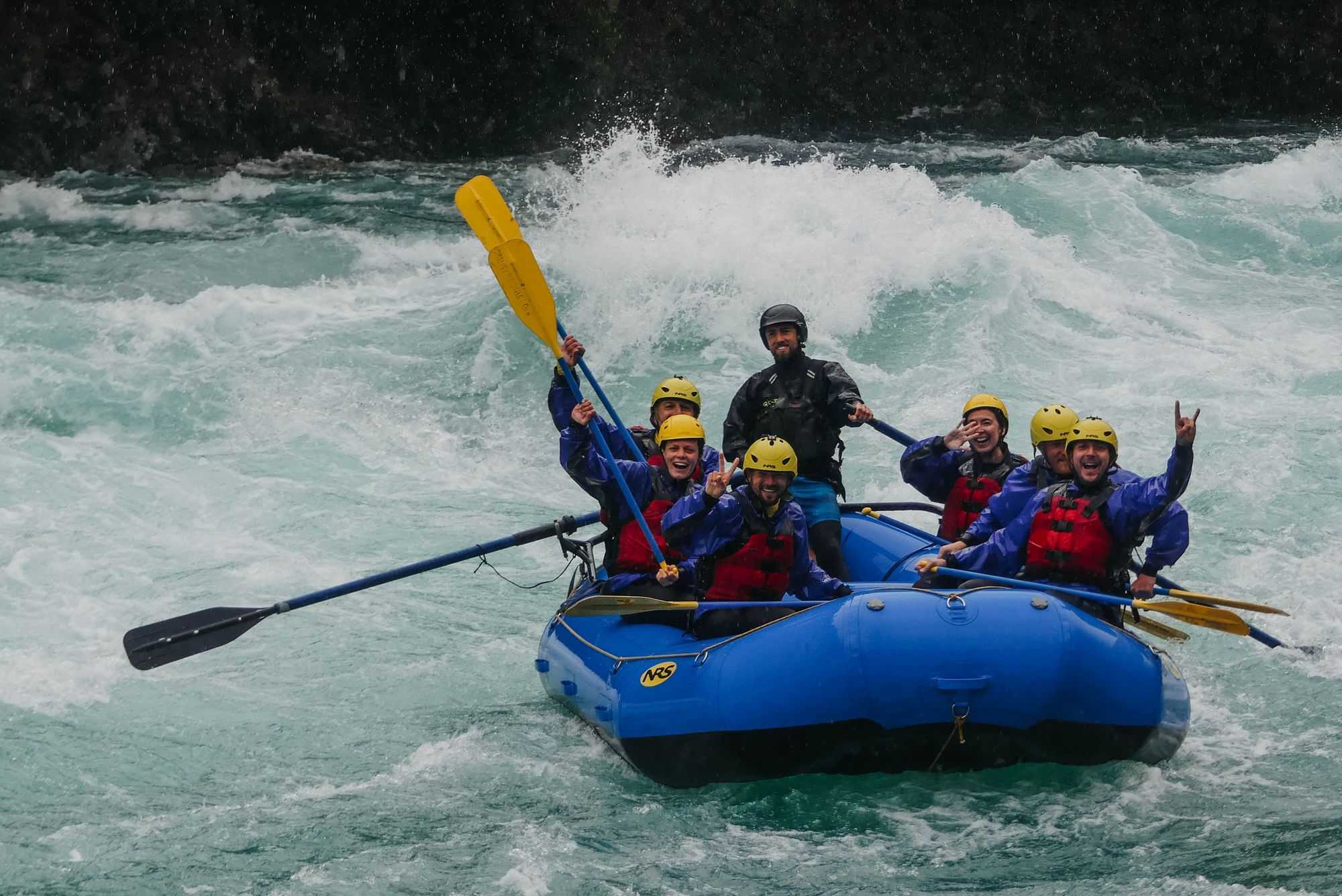
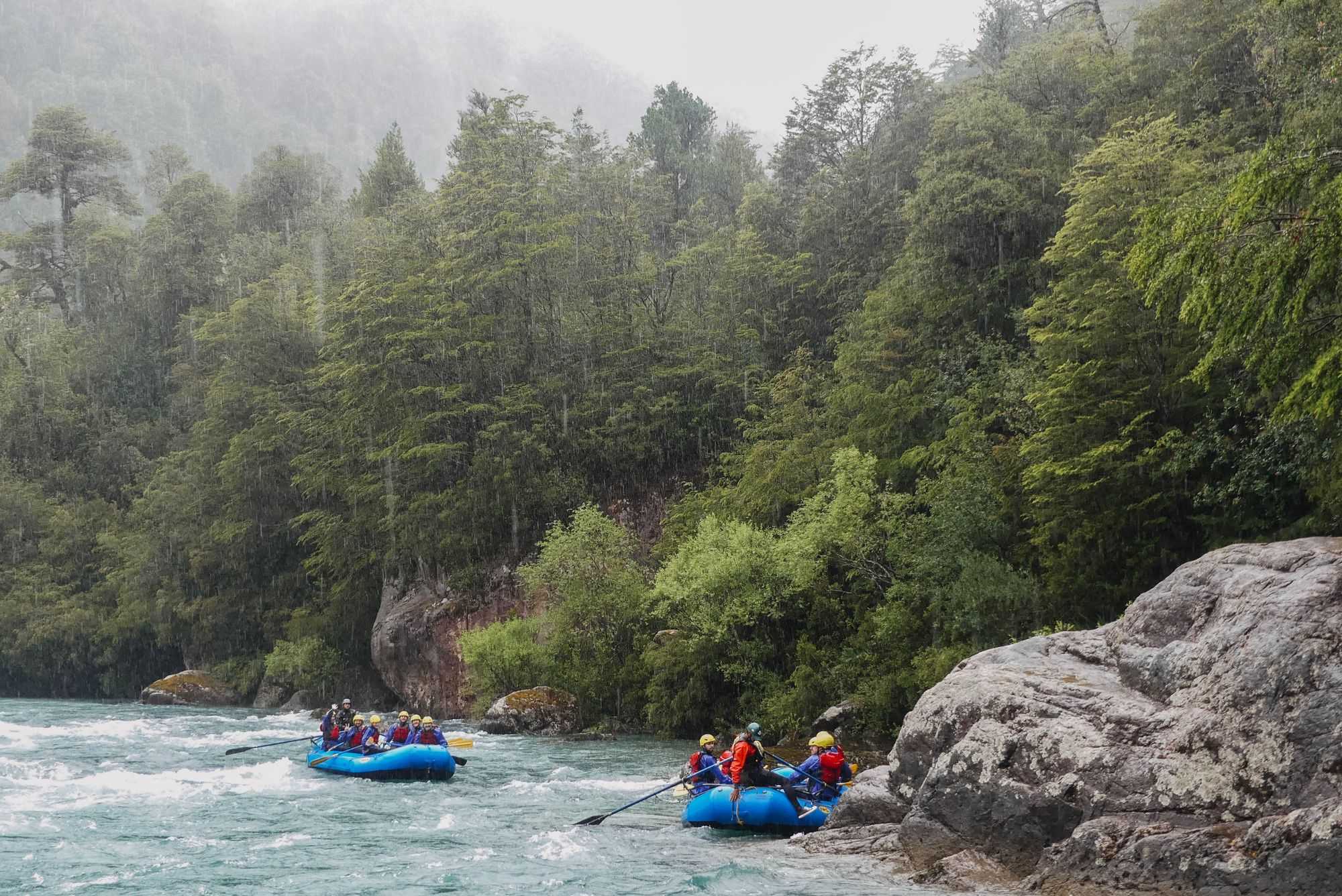
Chapter IV: We are flat.
Or rather, Javier is flat. After a short detour to Argentina, where the weather is better, we are back in Chile when the tyre runs out of air rather abruptly. The tyre is completely shredded and unusable, of course in the pouring rain on a muddy road. These punctures always happen at the most inopportune moment, although we later ask ourselves whether there is a favourable moment for them at all... The wheel replacement does not bring the desired success and so we chug at snail's pace to the next village, where a "mechanic" changes our rims in a makeshift manner. Apparently our spare wheel is not suitable for our car, bravo. A series of workshop visits follows, the landscape becomes a secondary matter. Fortunately, the weather is still bad, so at least we don't miss anything. A few hundred kilometres further south in Coyhaique, the mechanic can finally resolve the problems. We have to drive there with three brakes, the fourth has been removed. We, as car novices, can hardly estimate how serious this handicap is and rely on the mechanic's opinion. So we drive down the track very gently and can't quite enjoy it as much as usual. But the overwhelming landscape manages to amaze us despite the circumstances. Lush green, rushing rivers, hanging glaciers, flowering lupine fields, snow-powdered peaks, to name but a few.
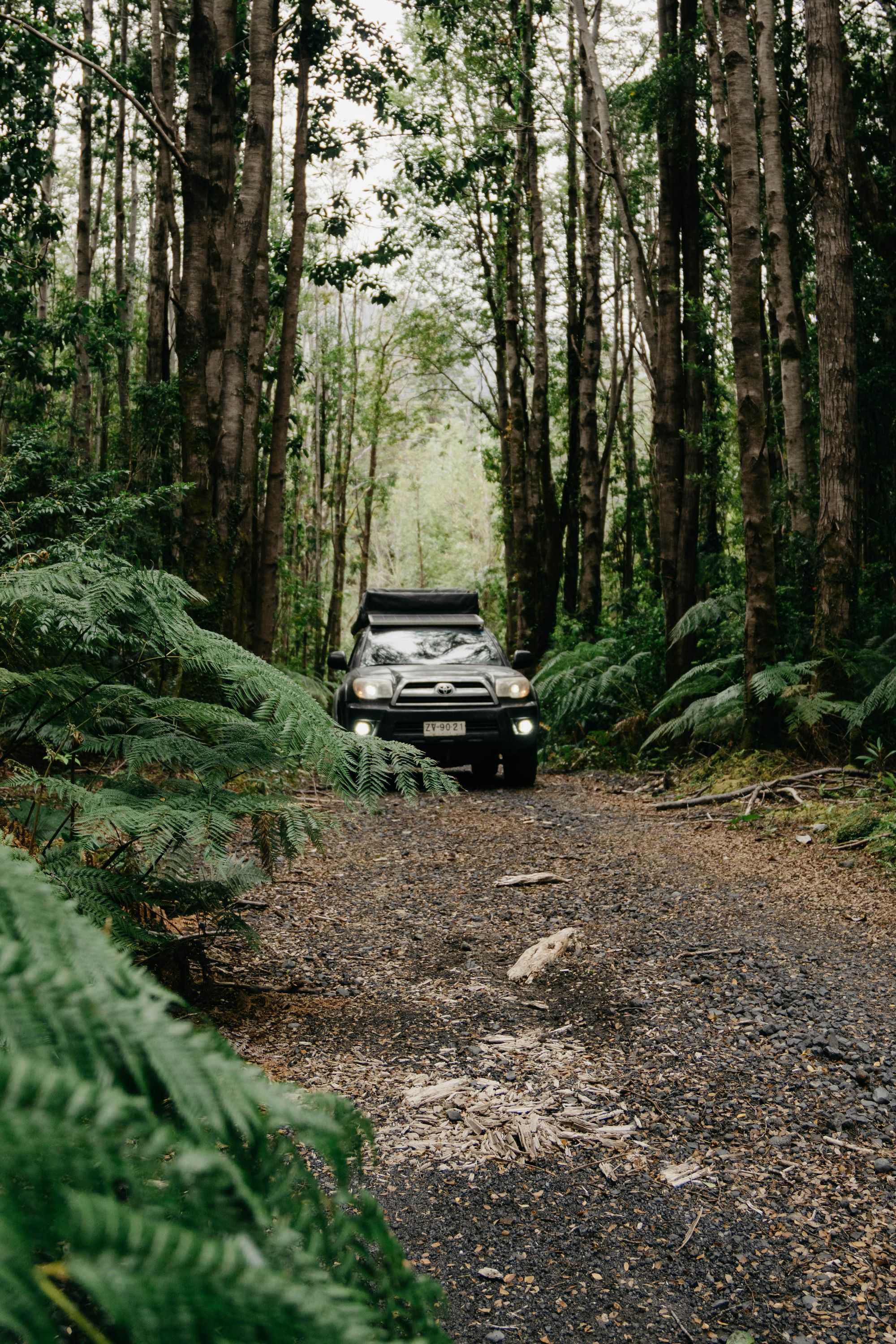
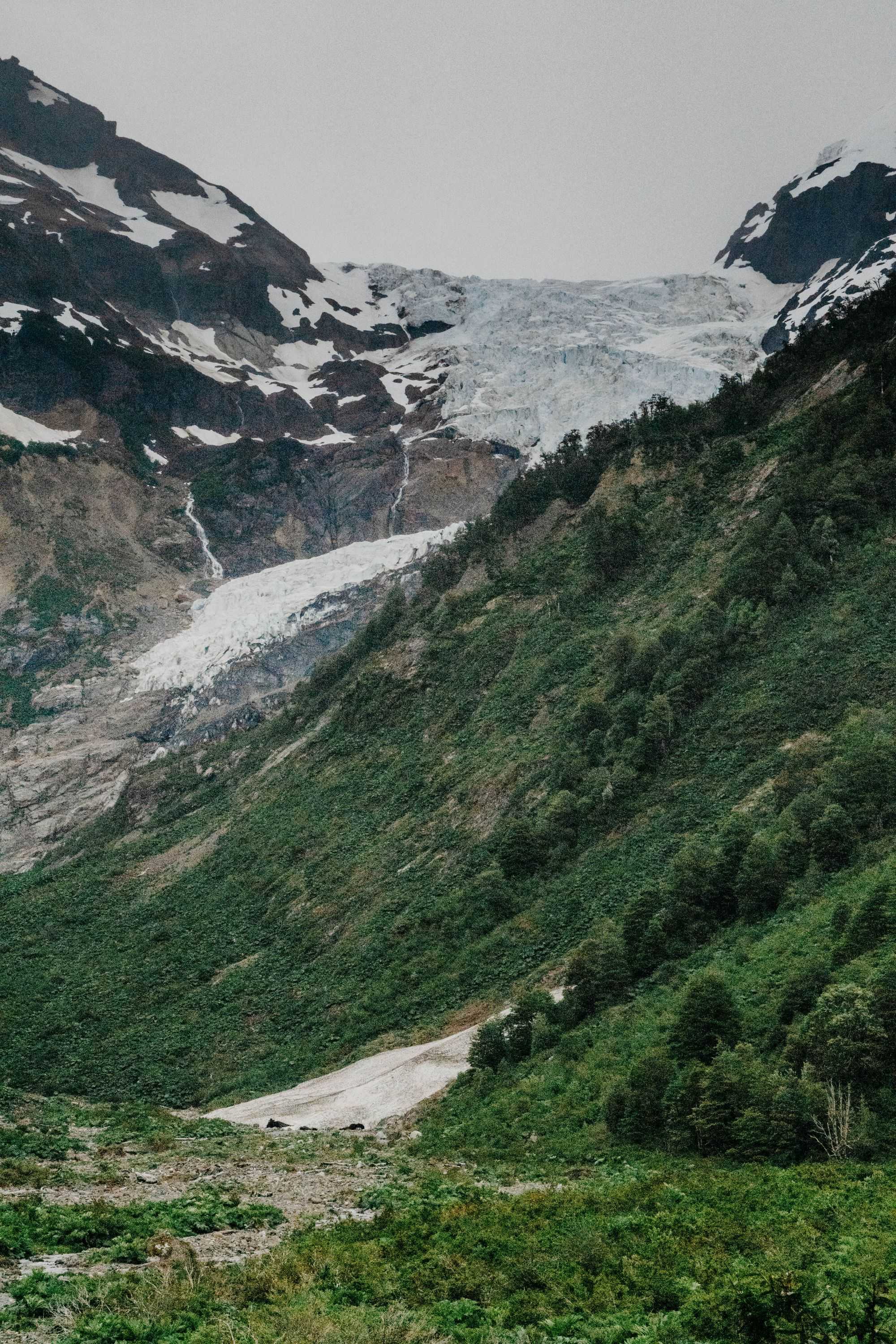
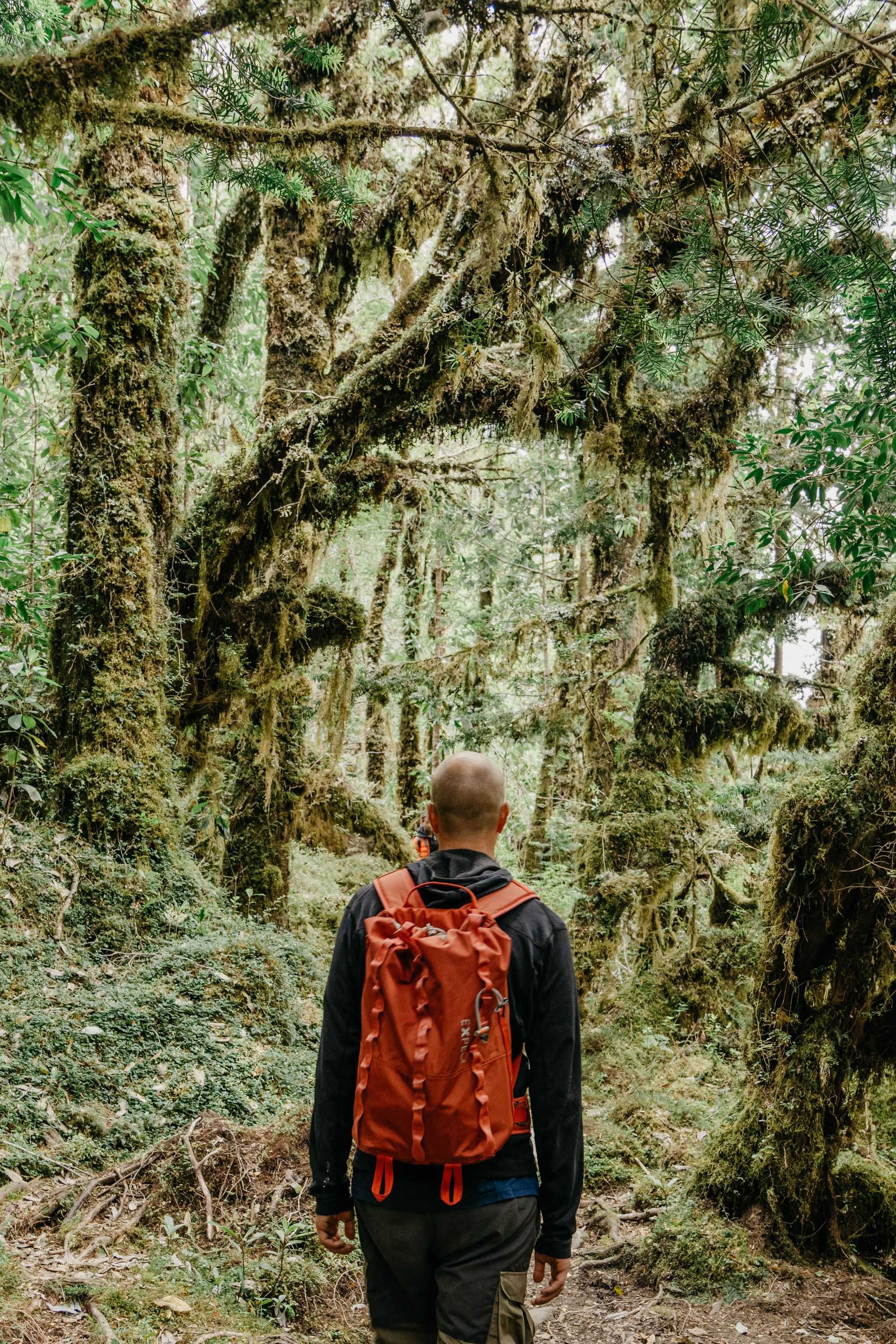
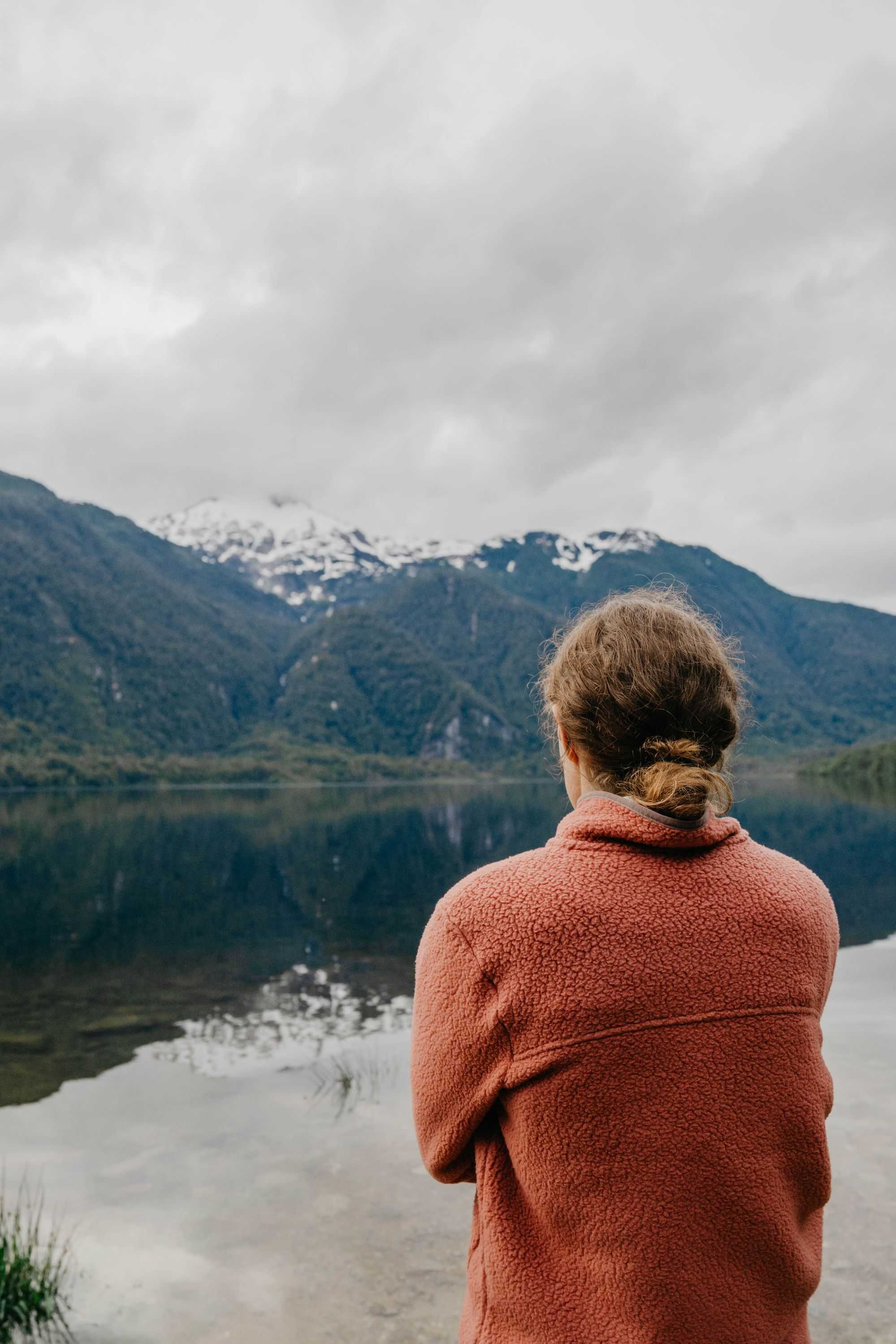
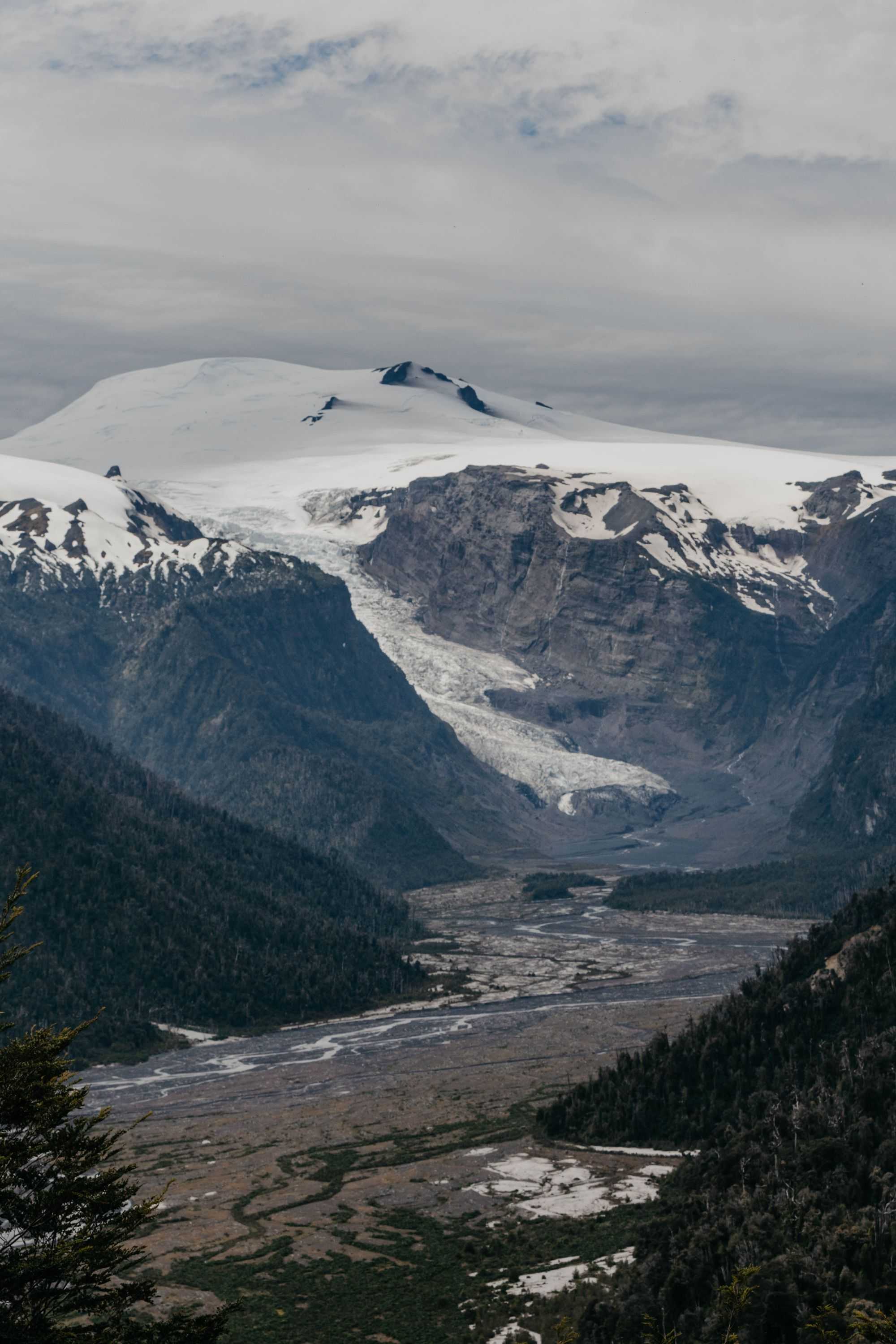
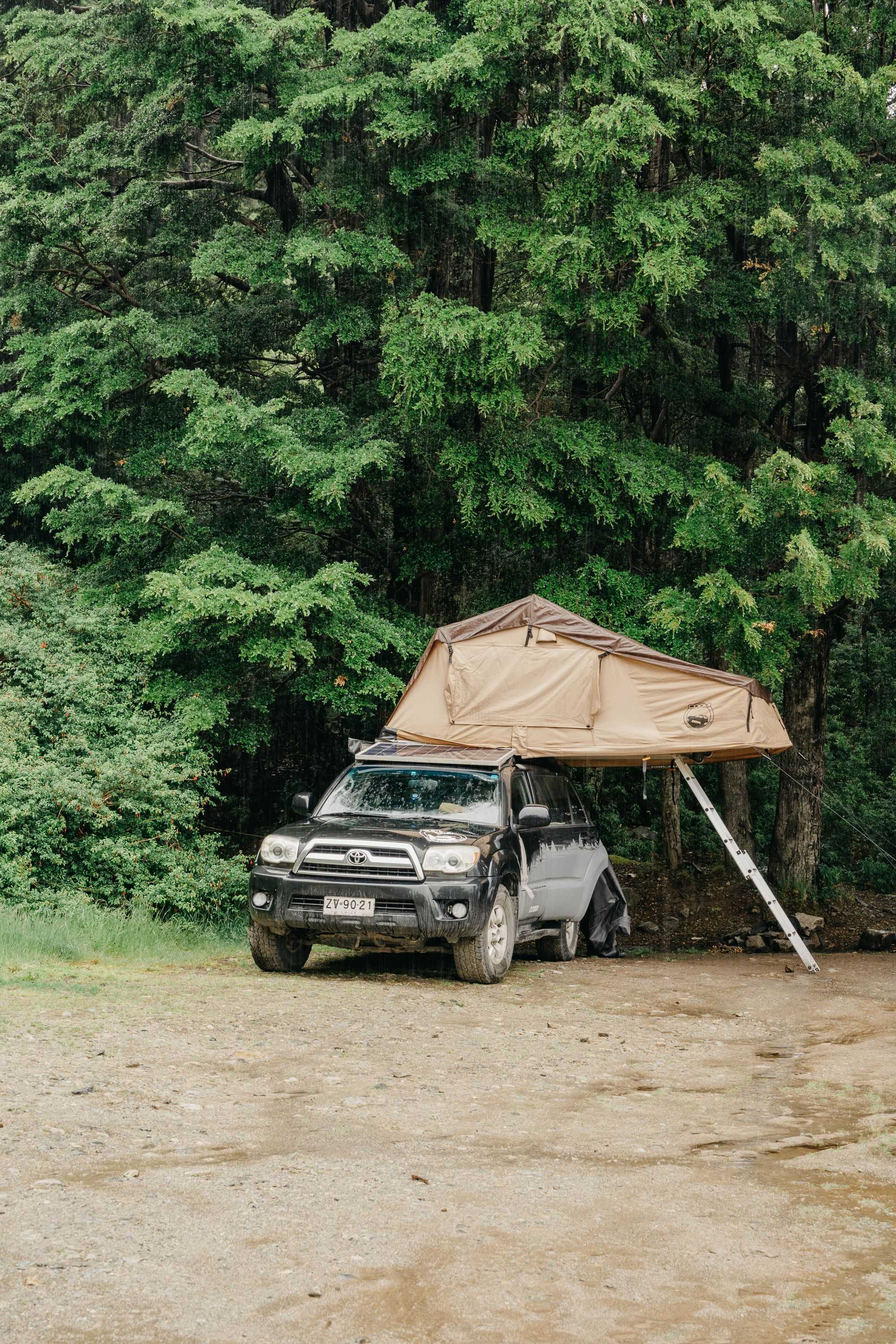
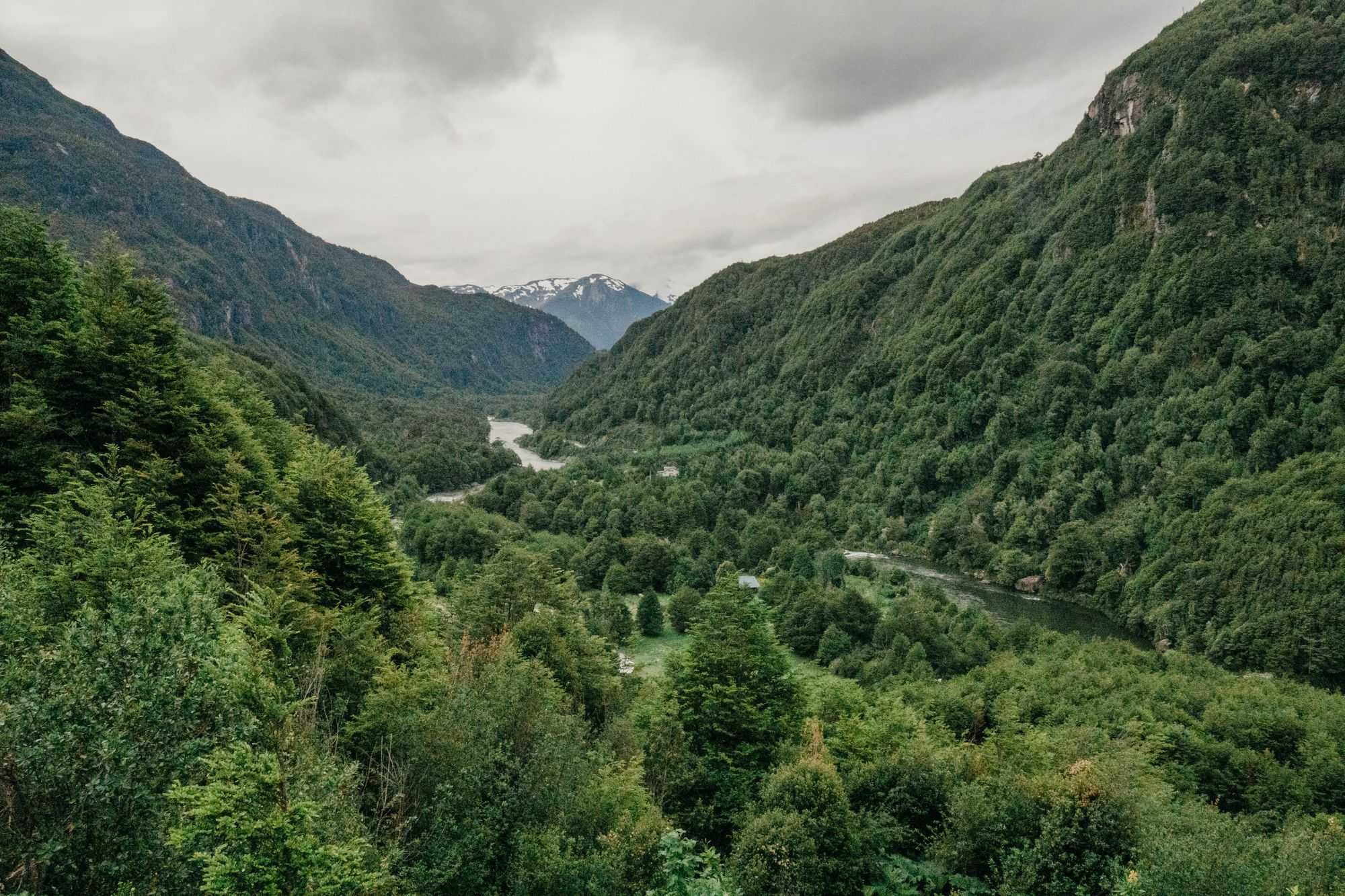
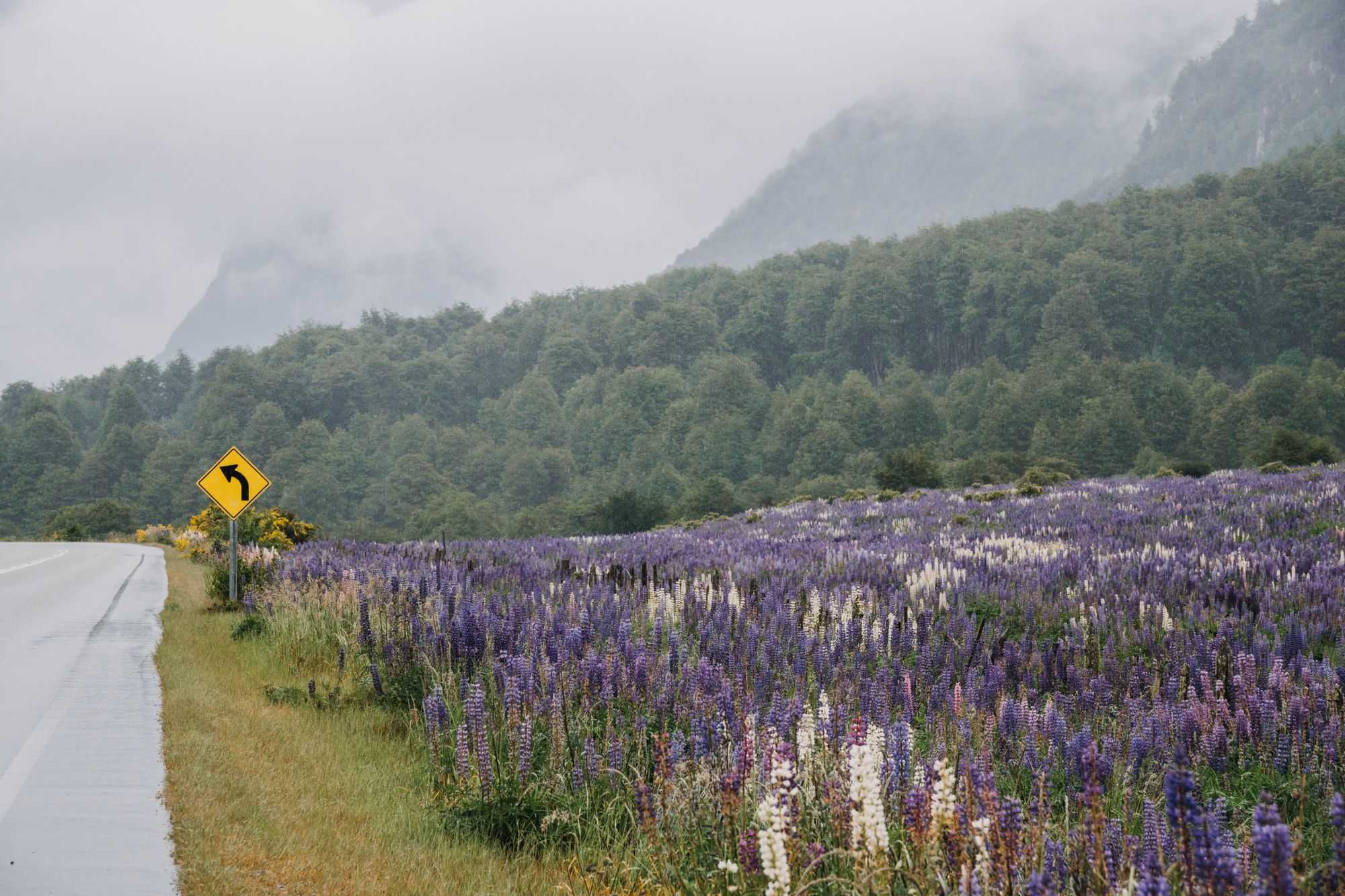
Chapter V: Cerro Castillo
About 2 hours south of Coyhaique, Cerro Castillo greets us, a mighty snow-covered peak. After another detour into windy Chile Chico, where we have to sleep in the car for the first night because the wind almost blows the roof tent off the car, we return to the main axis. Finally the sky clears up and allows a view of the summit. We spend three days camping and hiking in the Cerro Castillo area, which is more impressive than we thought. The long wait for the weather to change was worth it. A nice surprise on the way is another encounter with our German friends, whom we meet by chance on the hike.
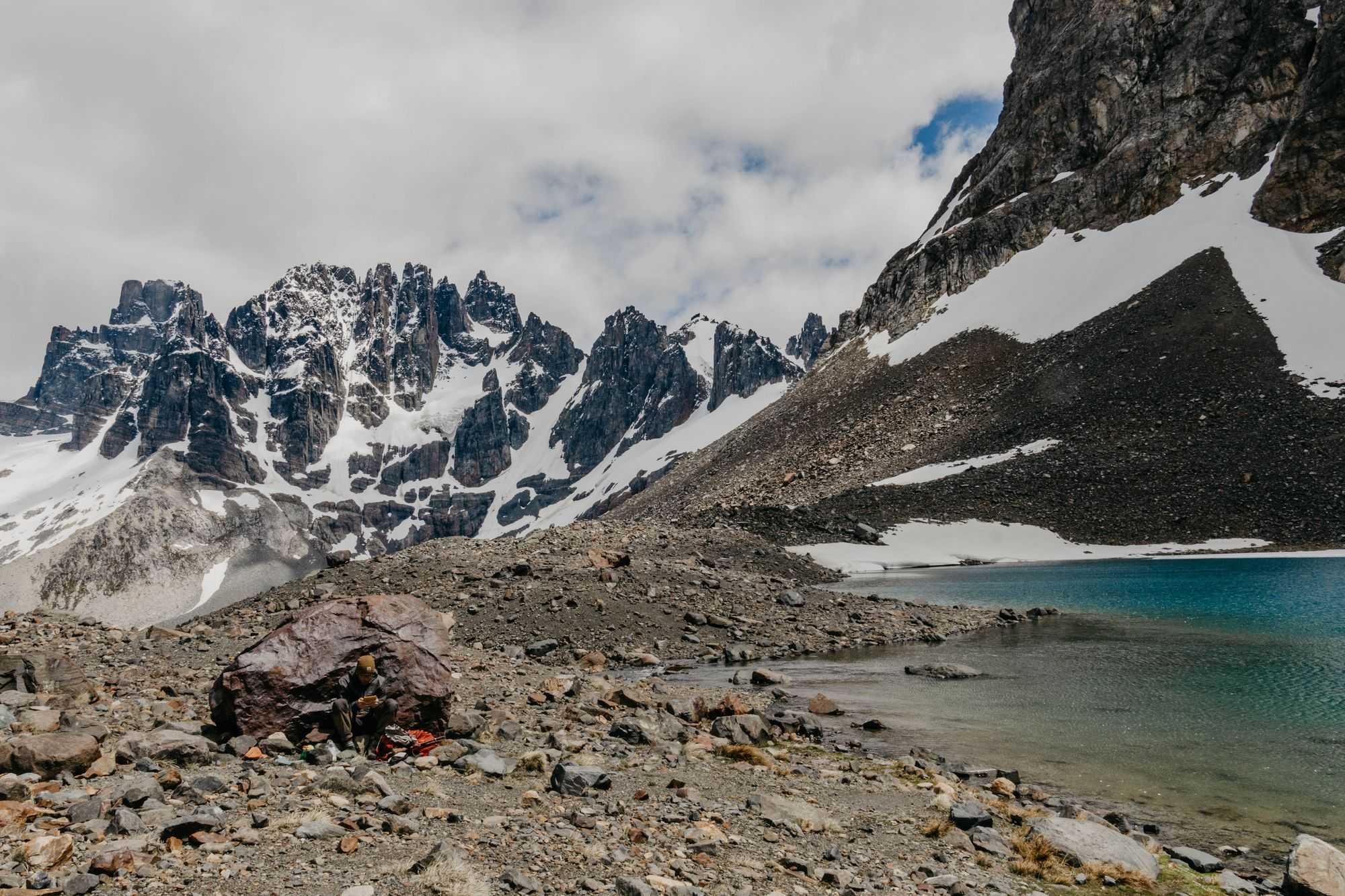
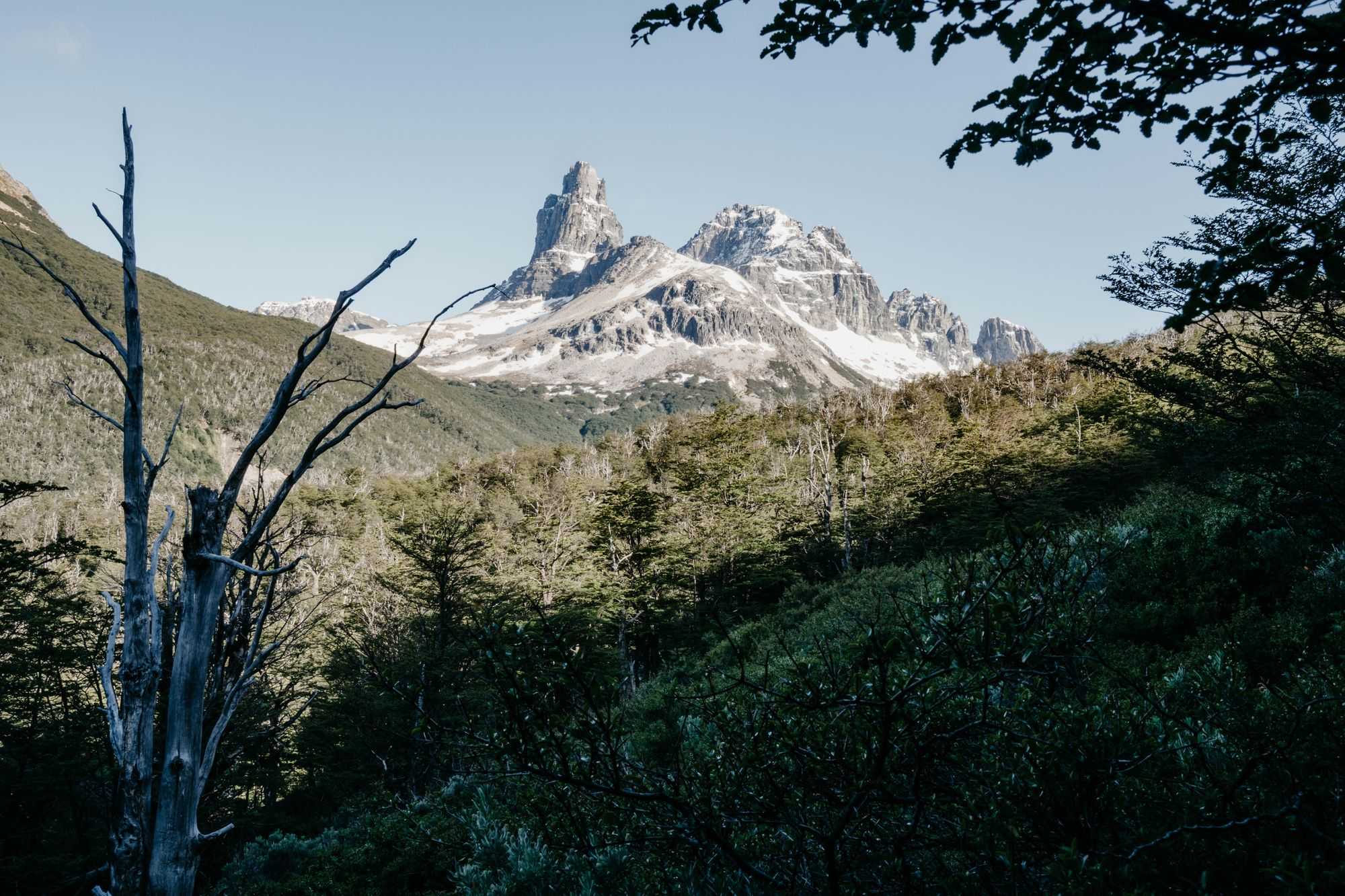
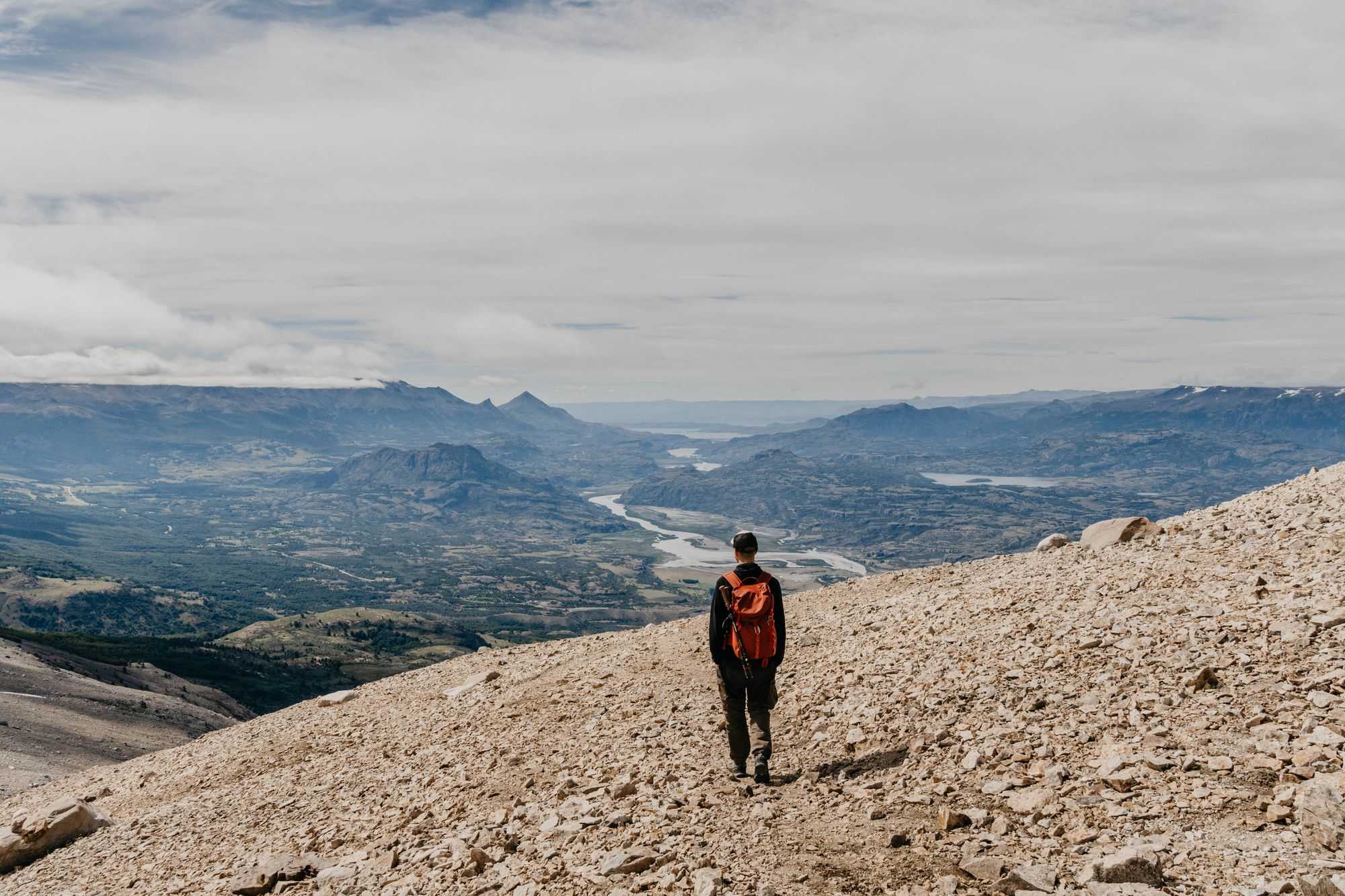
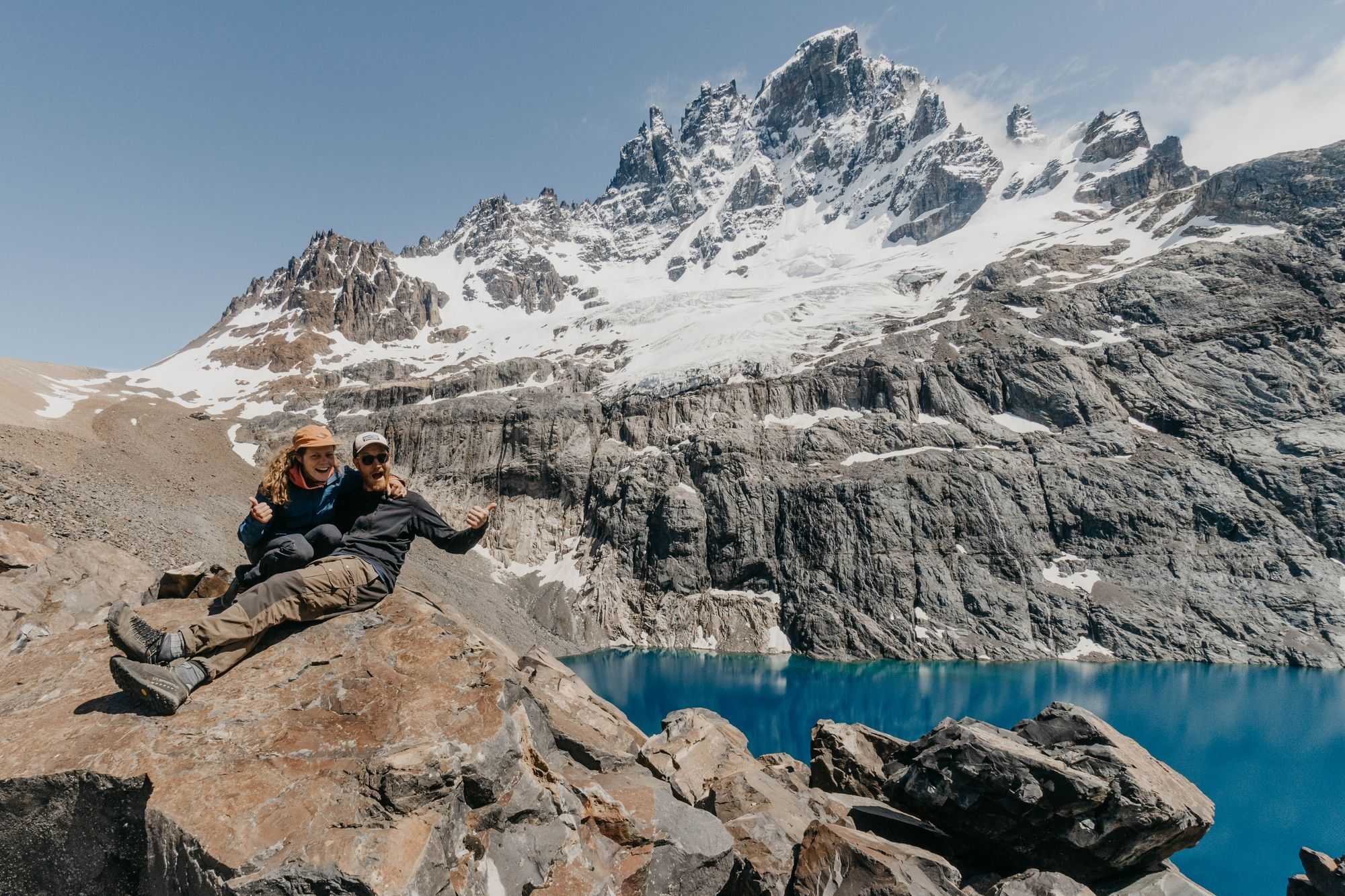
Chapter VI: Gliding across turquoise water
A few kilometres further south is the village of Puerto Río Tranquillo on the shores of Lago General Carrera (on the Argentinian side called Lago Buenos Aires). The 1850 km² lake is mainly fed by glacial water and has its striking turquoise colour due to sediments. It is also the largest lake in Chile. The Carretera is not very busy, but this village is where all the tourists on the route gather. And there is a good reason for that. Near the shore, there are world-famous granite caves (which adorn the cover of Photoshop, for example), which we would also like to visit. With a kayak and guide (unfortunately you are not allowed to go without) we glide over the clear turquoise water to the caves. The colours and shapes of the cave are indeed impressive and with the kayak we have the opportunity to paddle around and through the granite vaults ourselves.
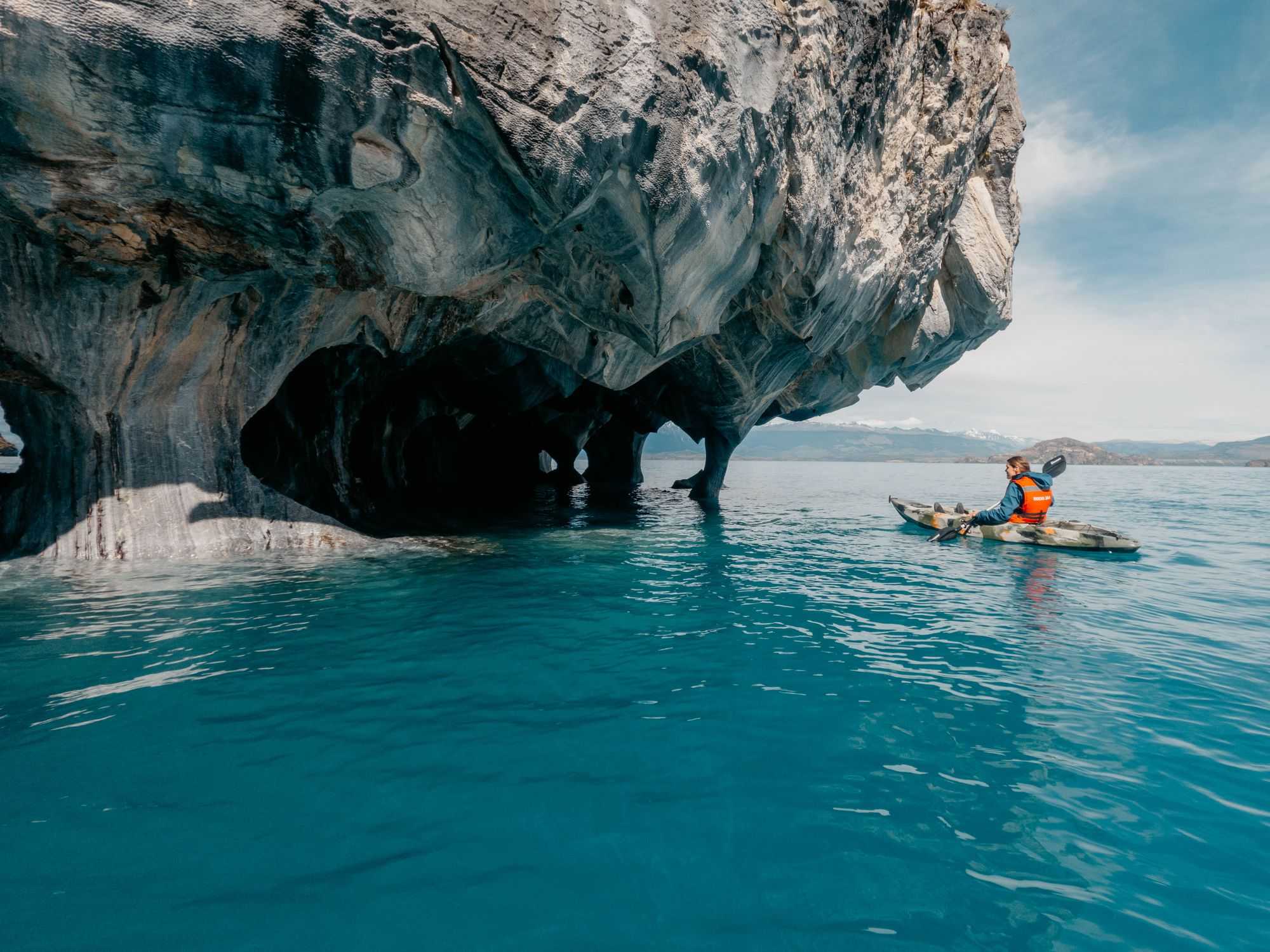
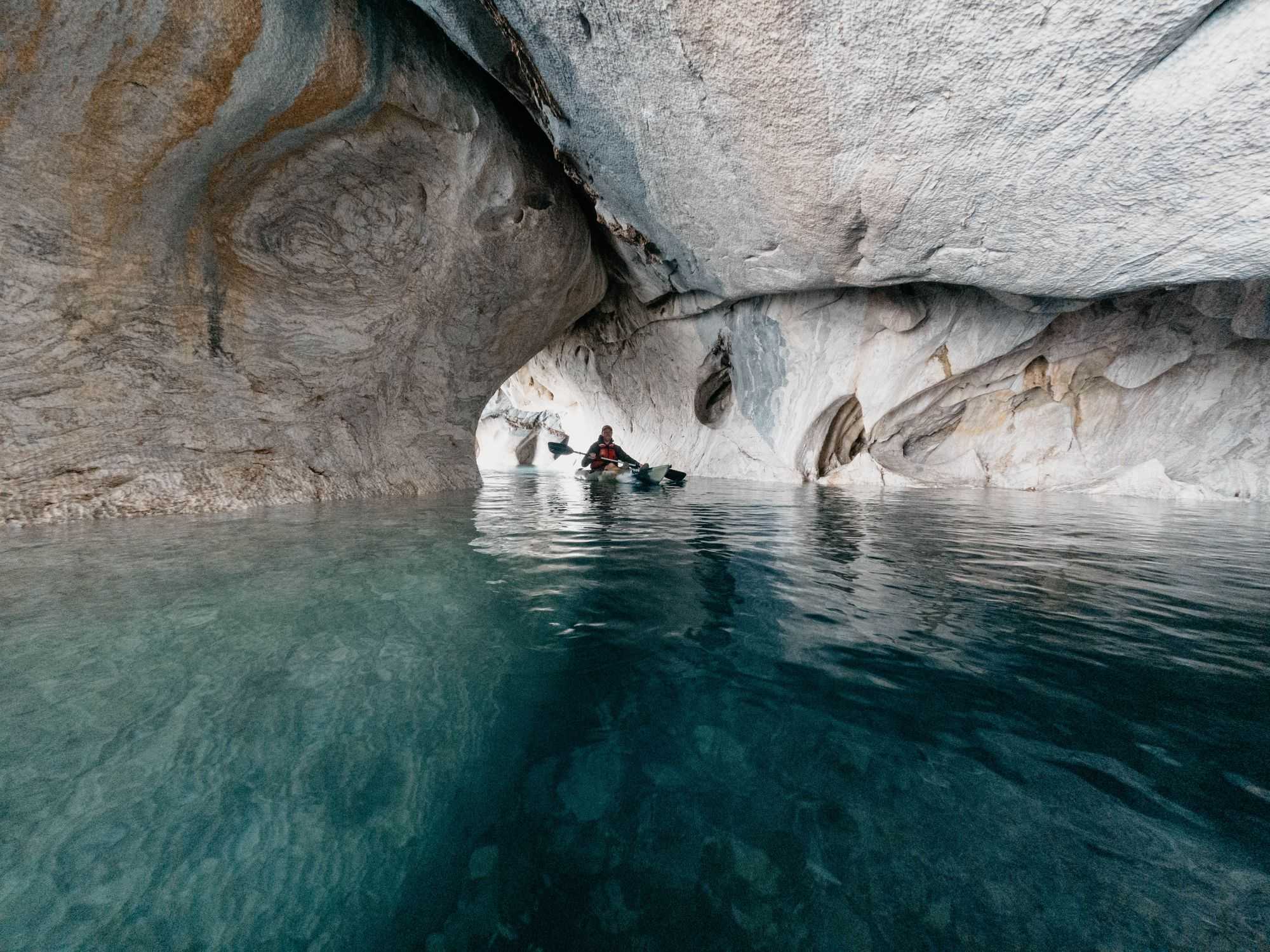
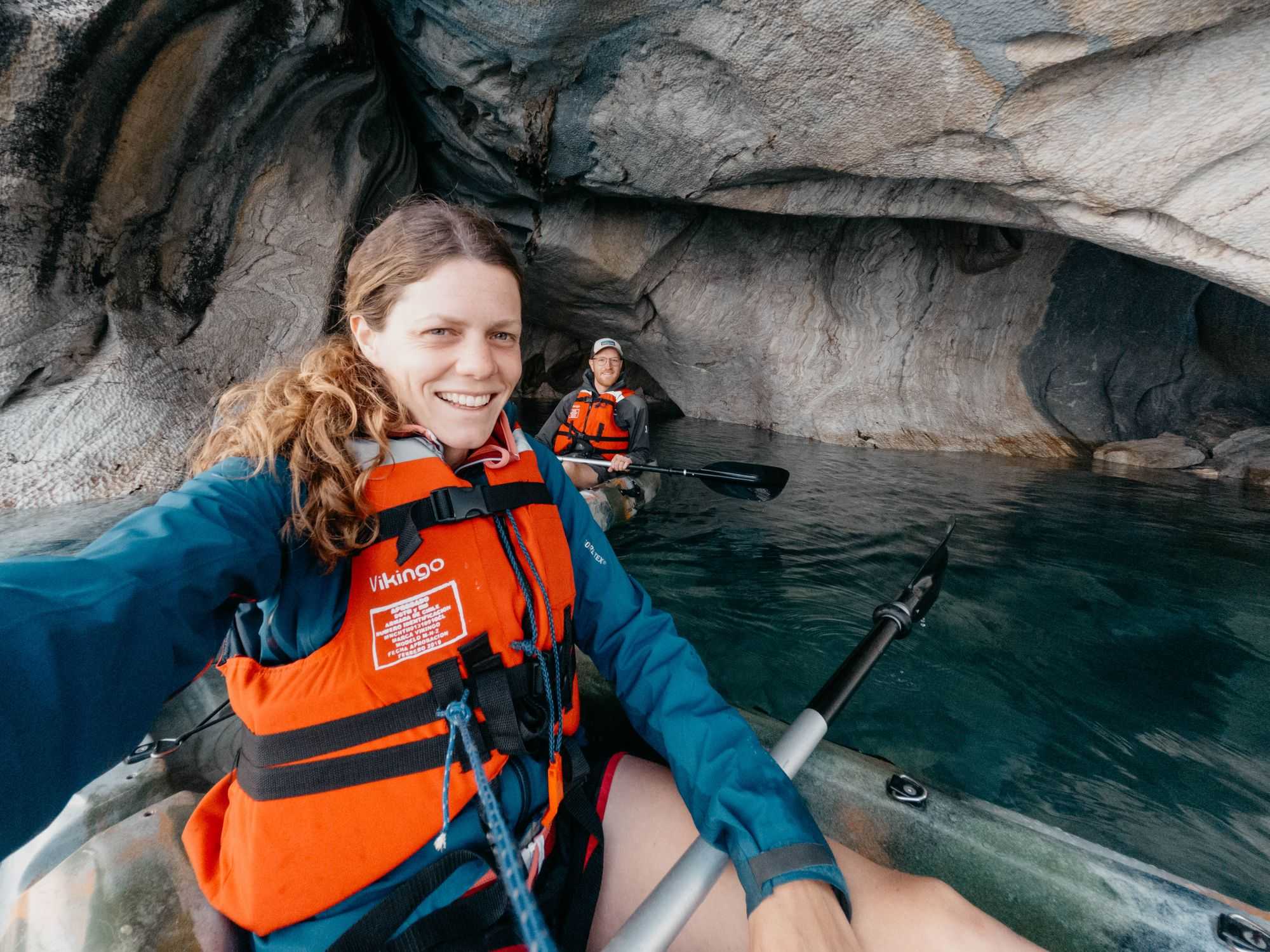
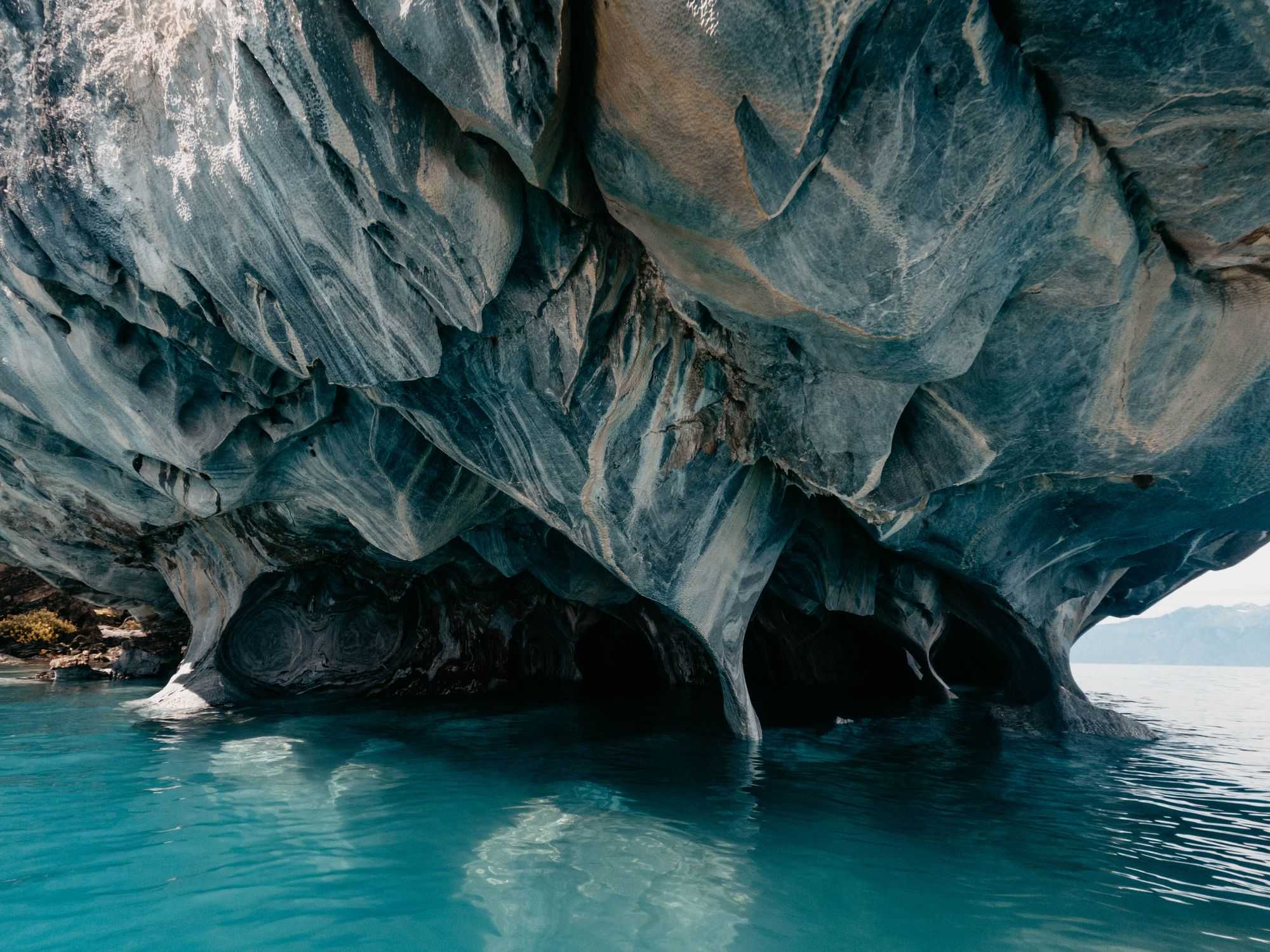
Chapter VII: Wonder without end
As we drive along the bumpy road, which in the southern part is no longer asphalted and partly in very poor condition, we can hardly stop marvelling. Around every corner a new breathtaking panorama opens up, a steel-blue lake, a turquoise wild river, a hanging glacier, a colourful flower meadow, or an impressive rock formation. Our driving times slow down drastically, because we have to make heaps of photo stops. But that's exactly what we were hoping for, and already at this point we know that Dream Road is definitely a fitting name for this stretch of road. But not only the drive is a pleasure, there are also nice places to camp, always by the water, which makes camping much easier. Our enthusiasm is huge and sometimes we can hardly believe all the things we get to see.
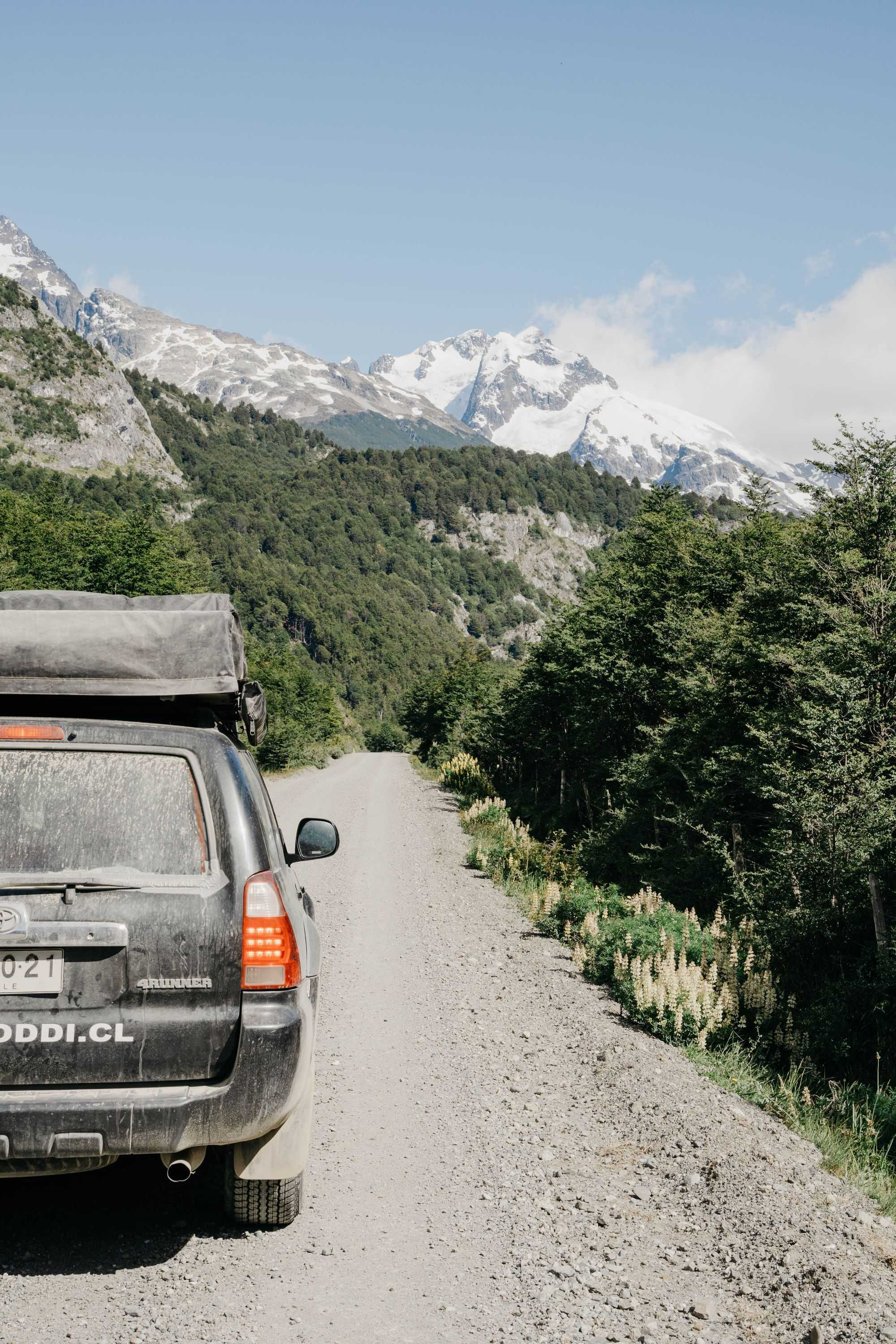
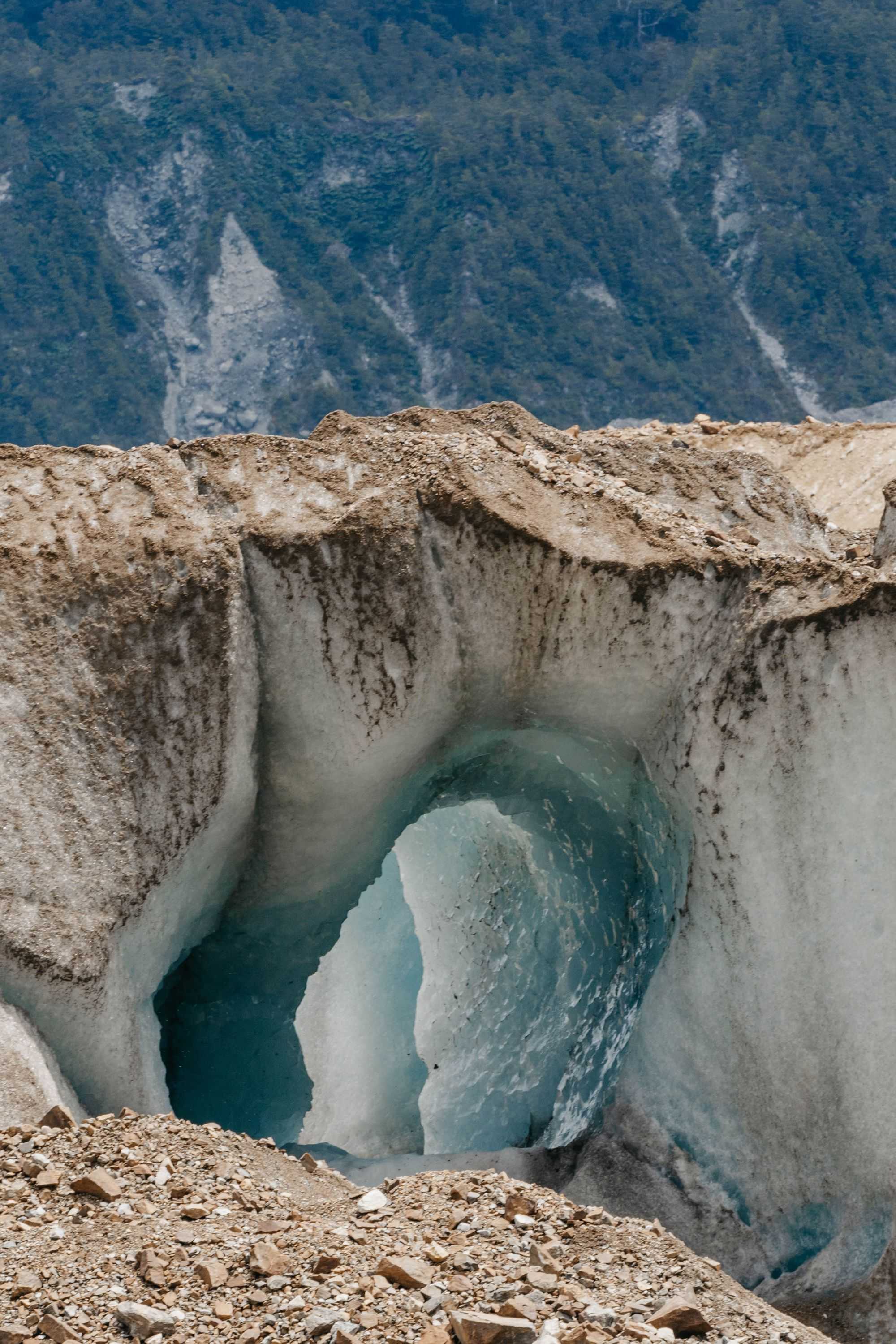
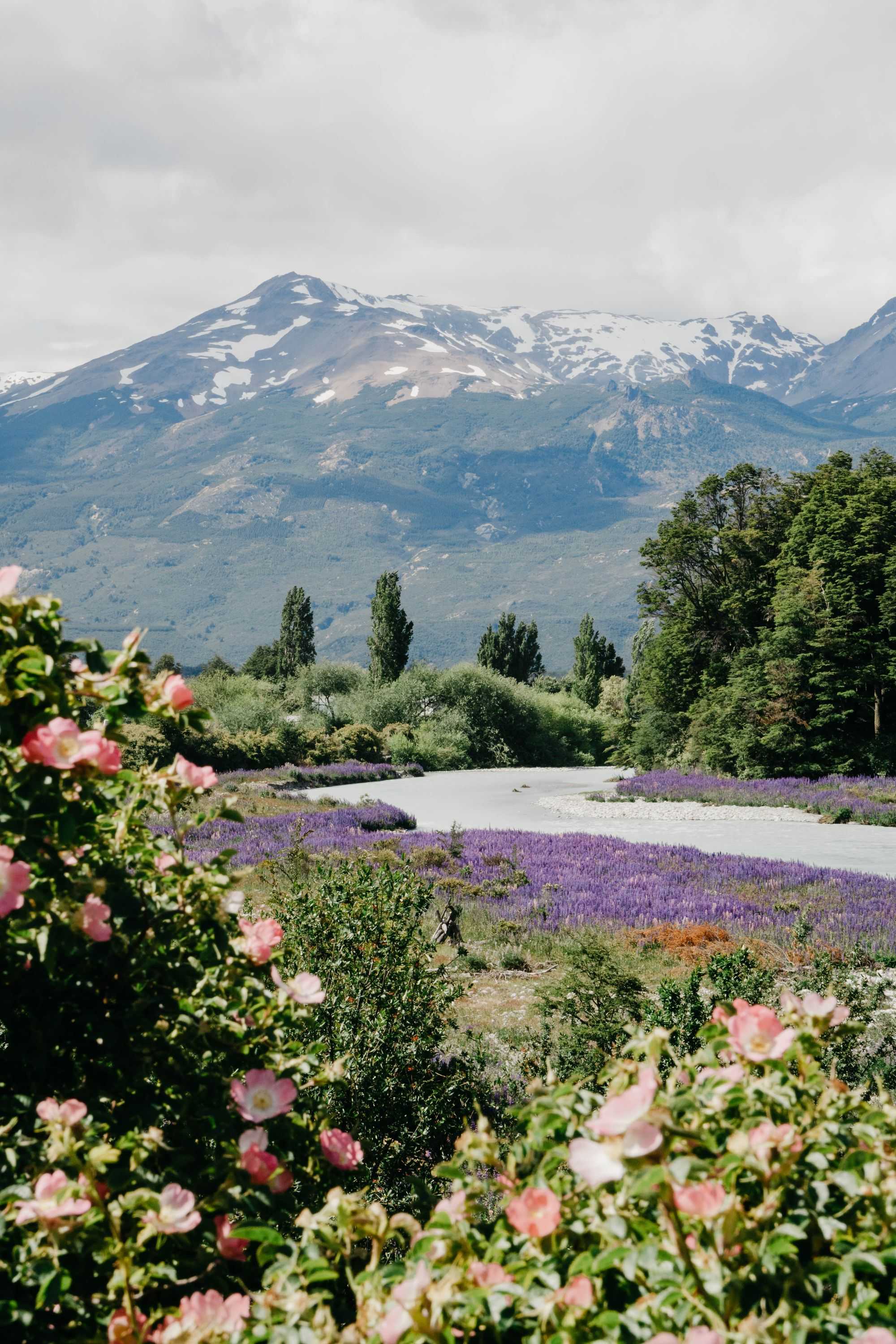
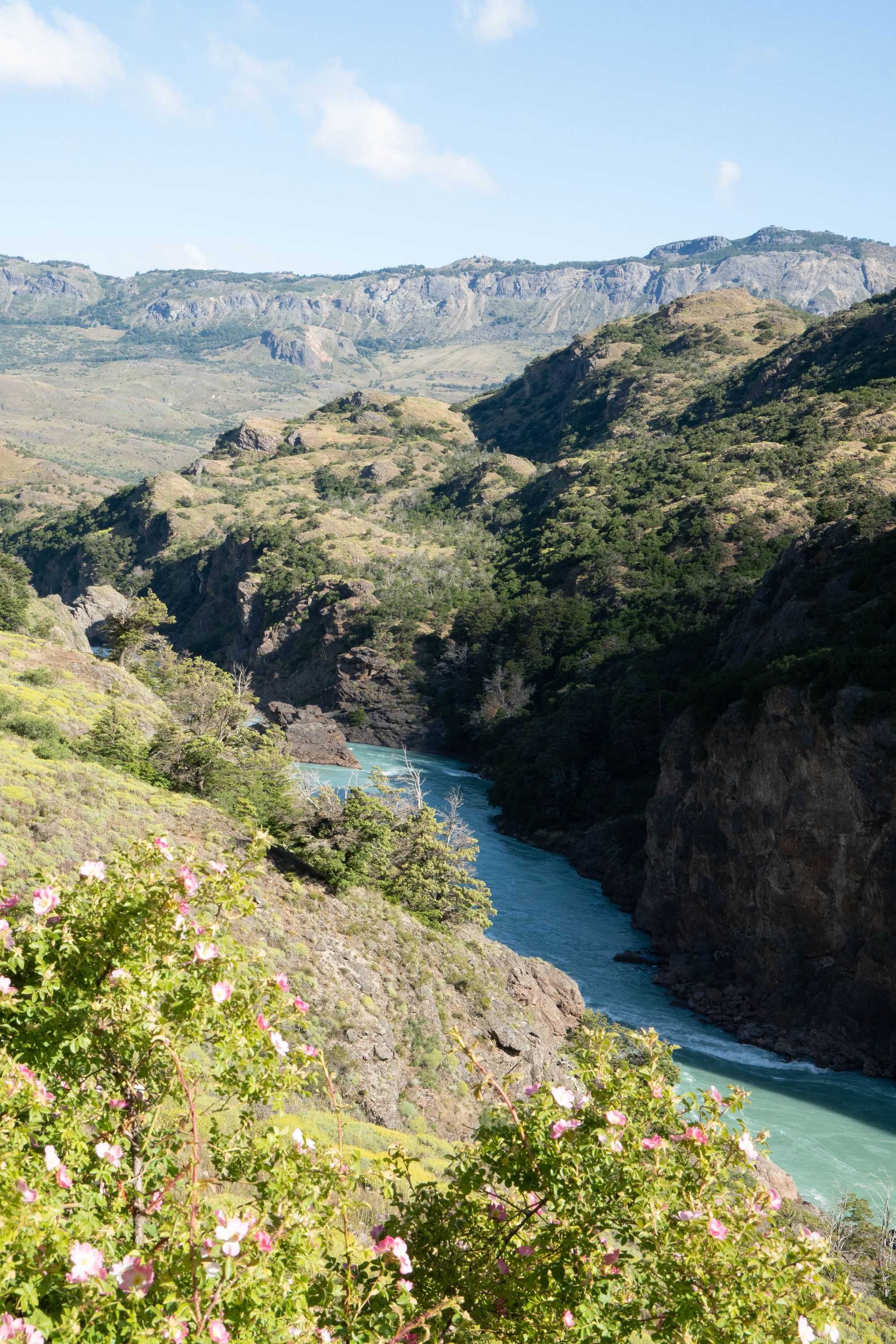
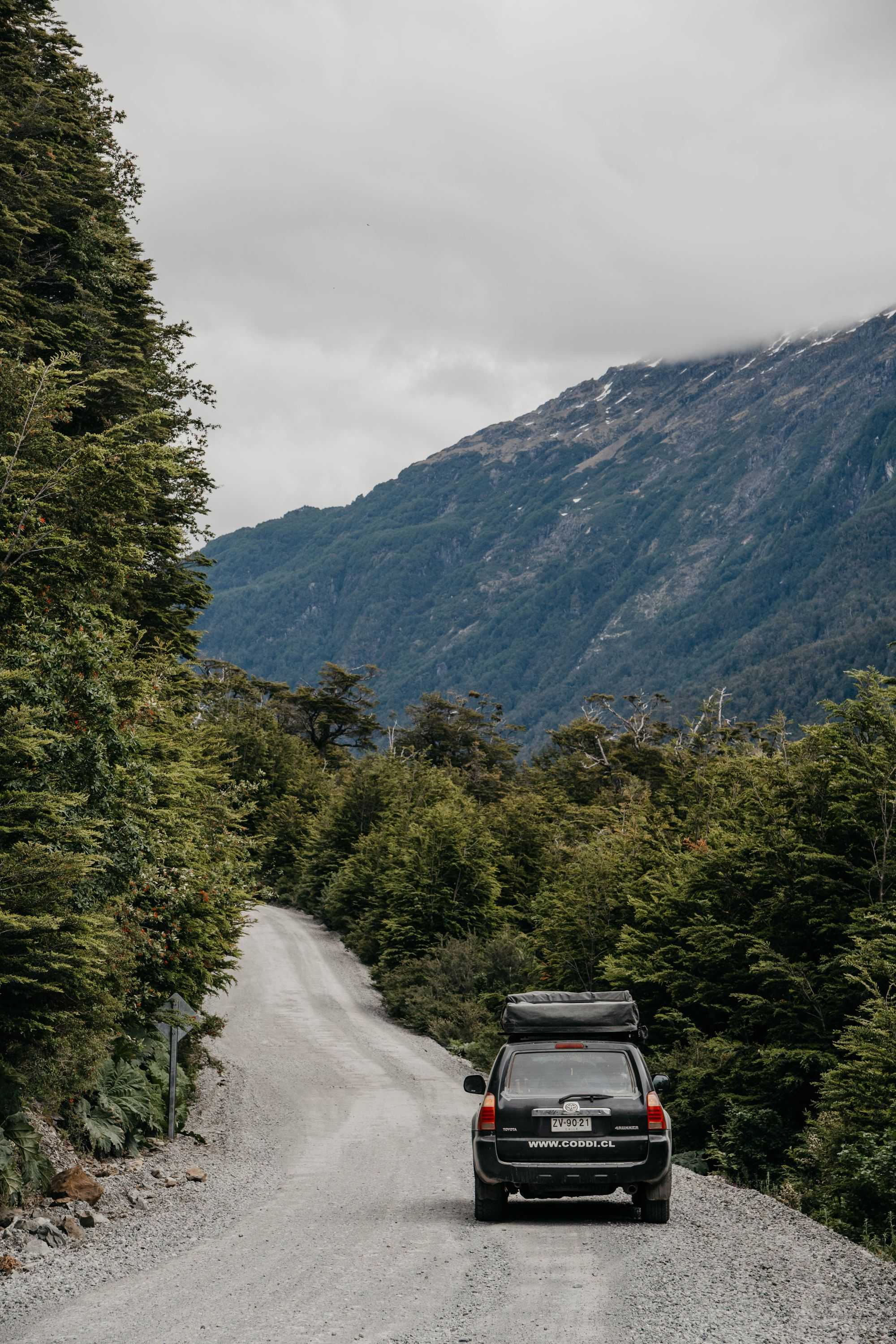
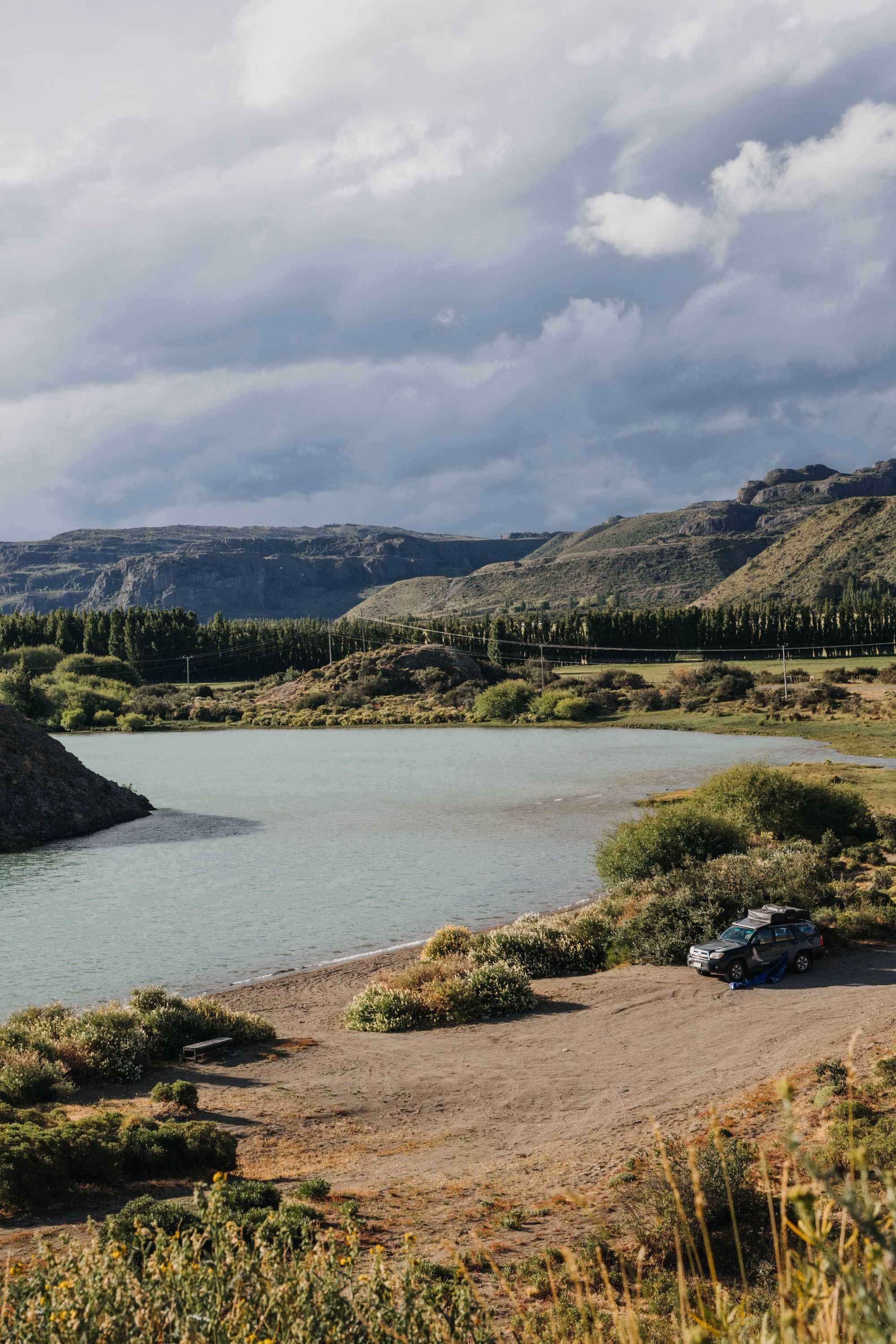
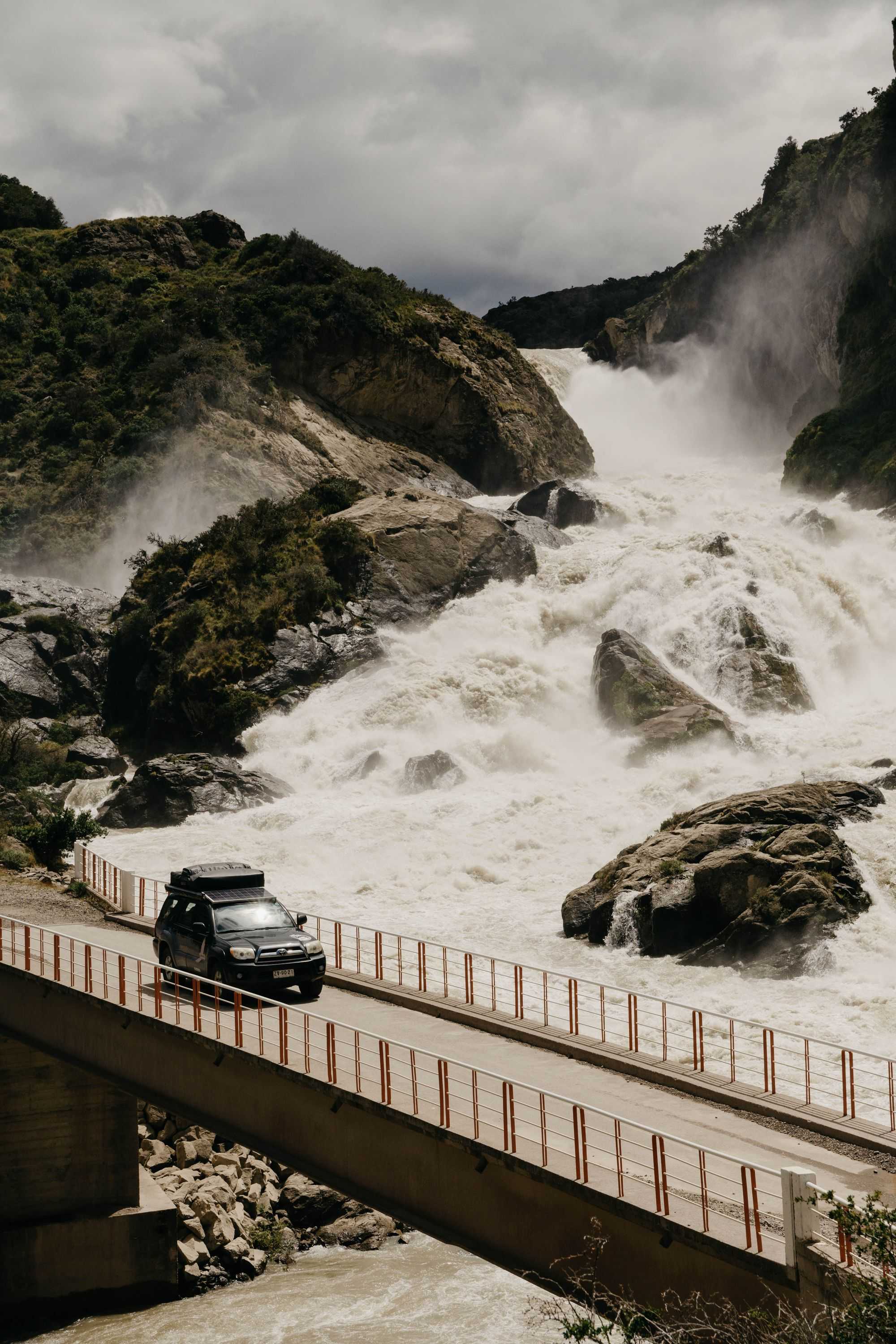
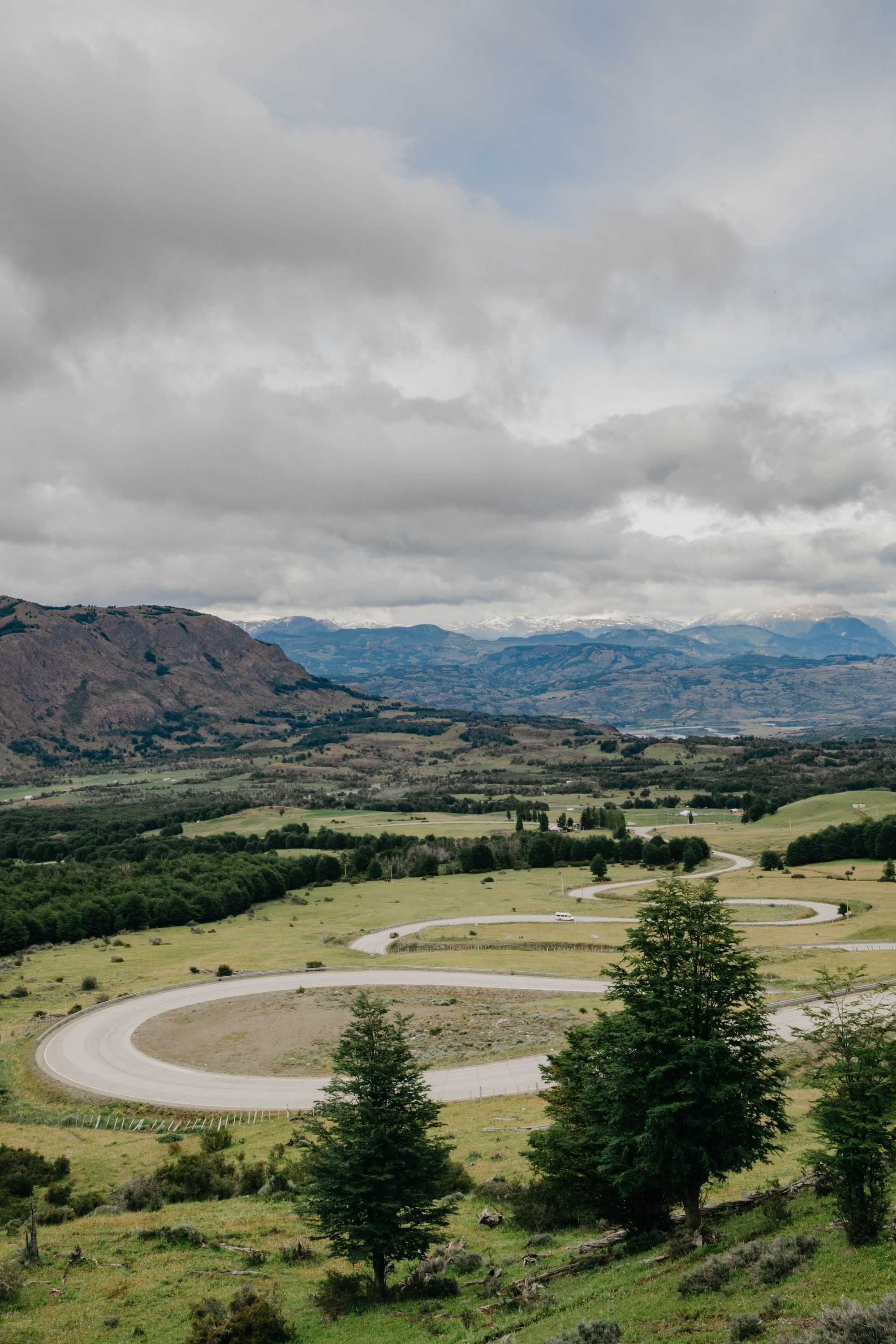
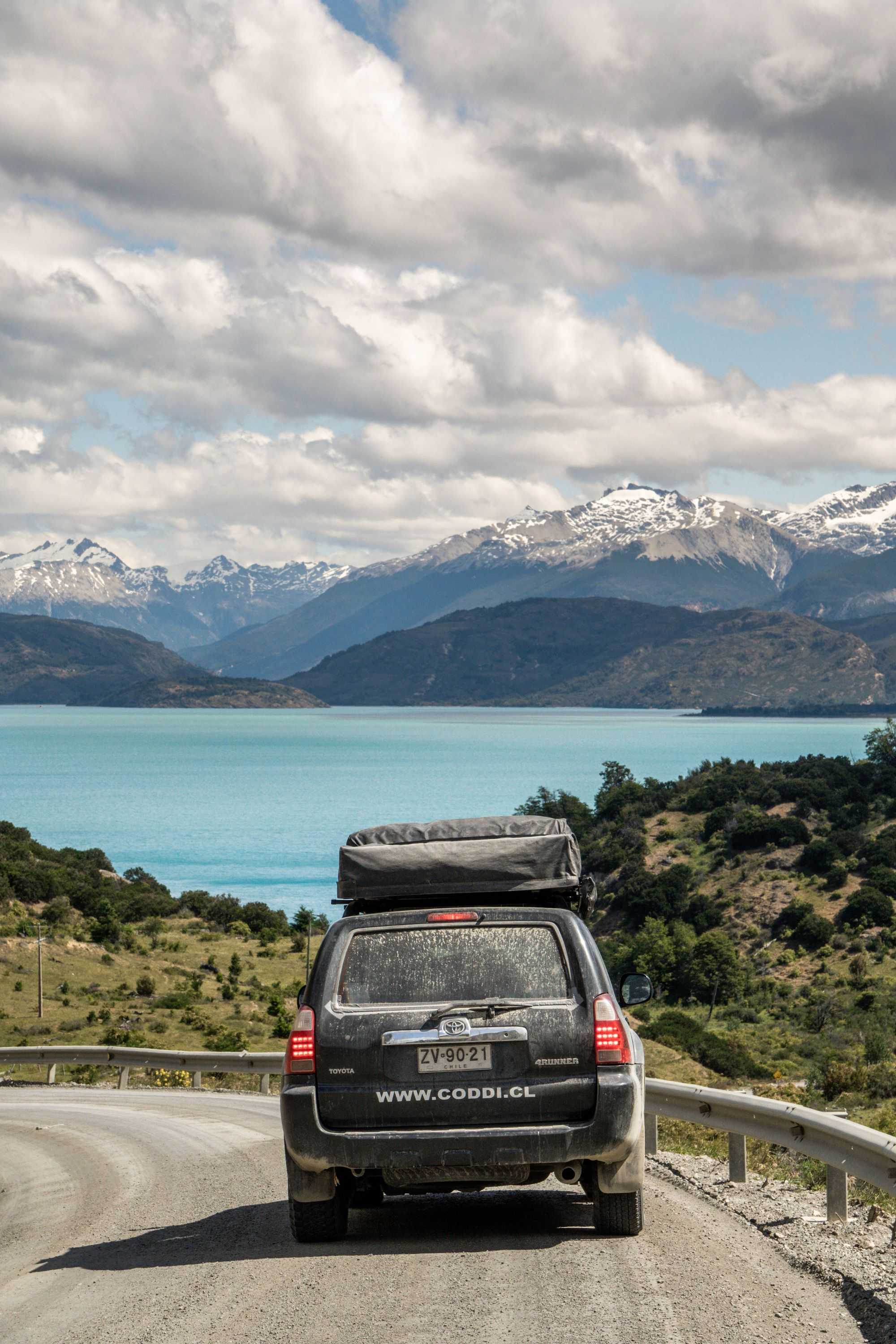
Chapter VIII: Towed out of wildlife paradise
We hope to see a puma at some point during our trip, but the chances are rather slim, as the animals are extremely shy. But in Parque Patagonia we get our money's worth as far as animal observation is concerned. Shortly before Cochrane we turn off the main road once more to visit this park. The landscape changes abruptly and we find ourselves in a steppe-like hilly landscape where guanacos graze, condors fly and we can even observe a skunk. After our first night in the park, we get an unpleasant surprise: our brakes fail. No driving without brakes, especially in this hilly area. Once again we are lucky, because we are only a few kilometres away from the visitor centre, where there is wifi so that we can call a mechanic. There is no mobile phone reception here. Yes, and so we learn a new word for our Spanish vocabulary, because we need a towing service. The friendly gentleman turns up two hours later and takes us safely to the next village, where everything can be repaired and we are ready to drive again in the evening. We are grateful for this, as we meet a dutch couple in the workshop, who have been stuck for 5 days waiting for spare parts... We spend the night in the car park of the village's lookout point, where the police stop by. But we have nothing to fear from them. They introduce themselves in a friendly way, ask about our well-being and give us their number in case of problems. The only request, please don't make a fire! The fear of forest fires is great and not unjustified, large areas burn down again and again due to human involvement. We are happy to comply with this and are grateful for the relaxed attitude of the Chileans. Practically everyone who passes by greets us in a friendly manner or gives us a thumbs up. People let each other live. We return to the park again, because there is more to discover that we don't want to miss. We are grateful for the luxury of having so much time and flexibility, so that such undertakings are possible.
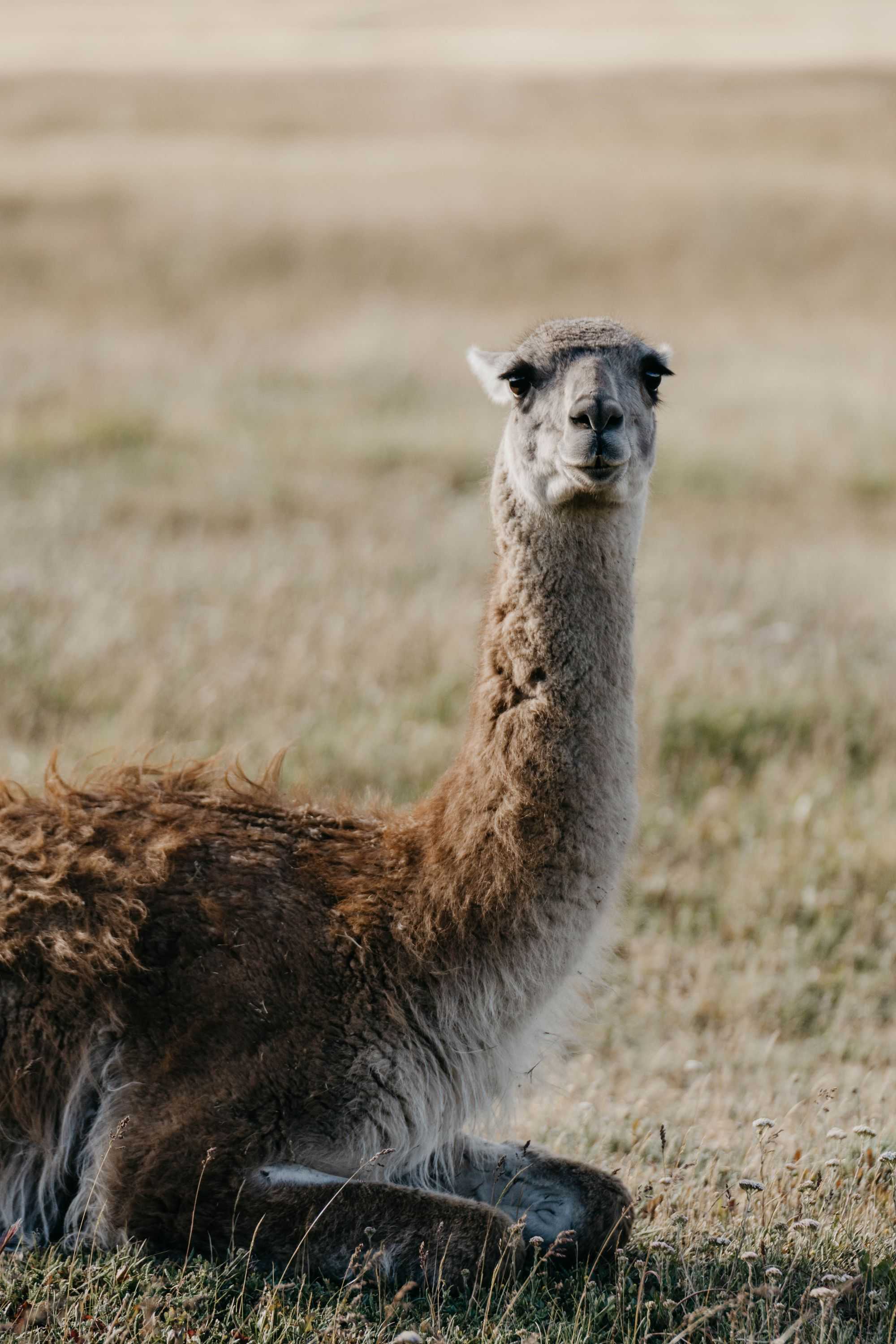
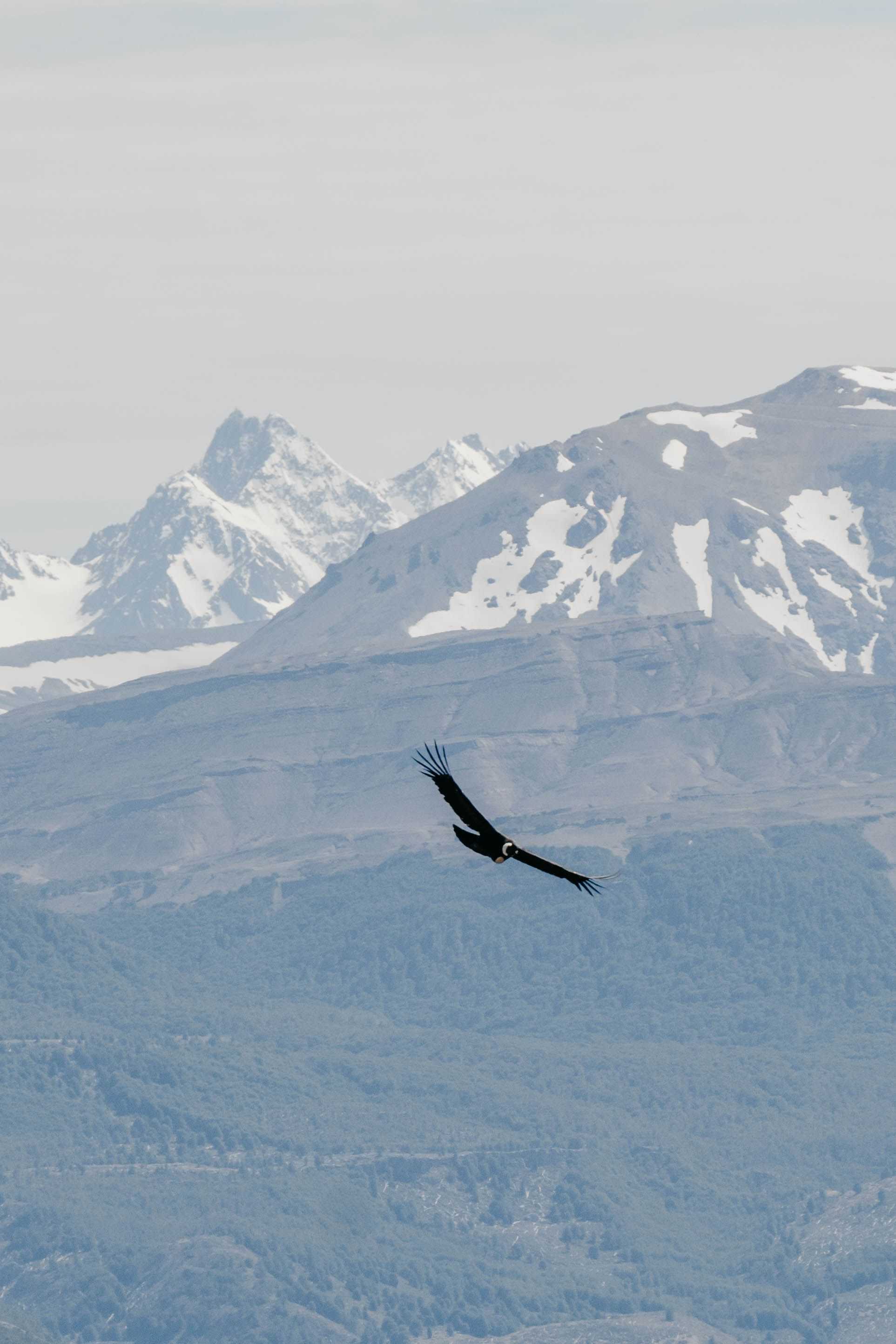
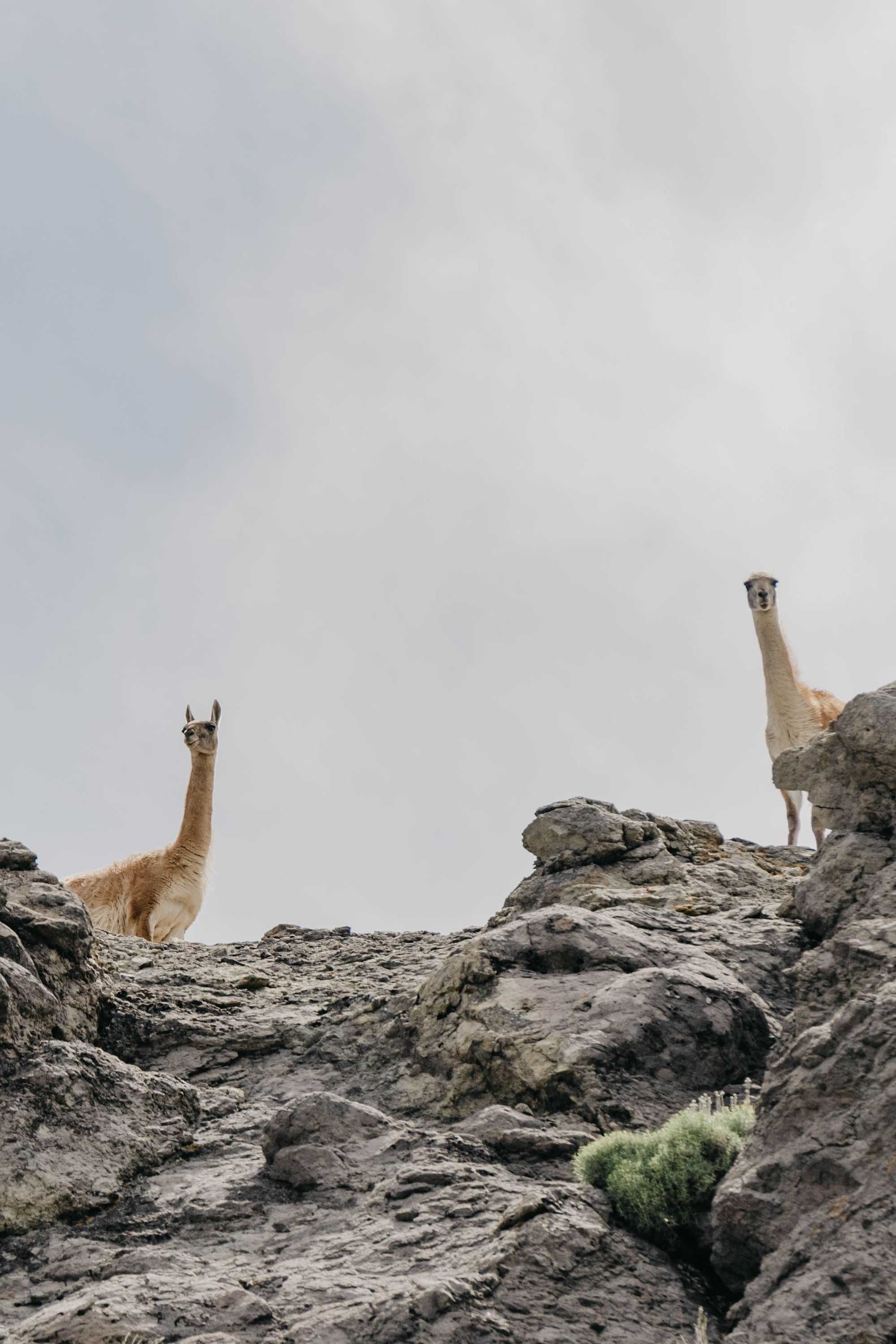
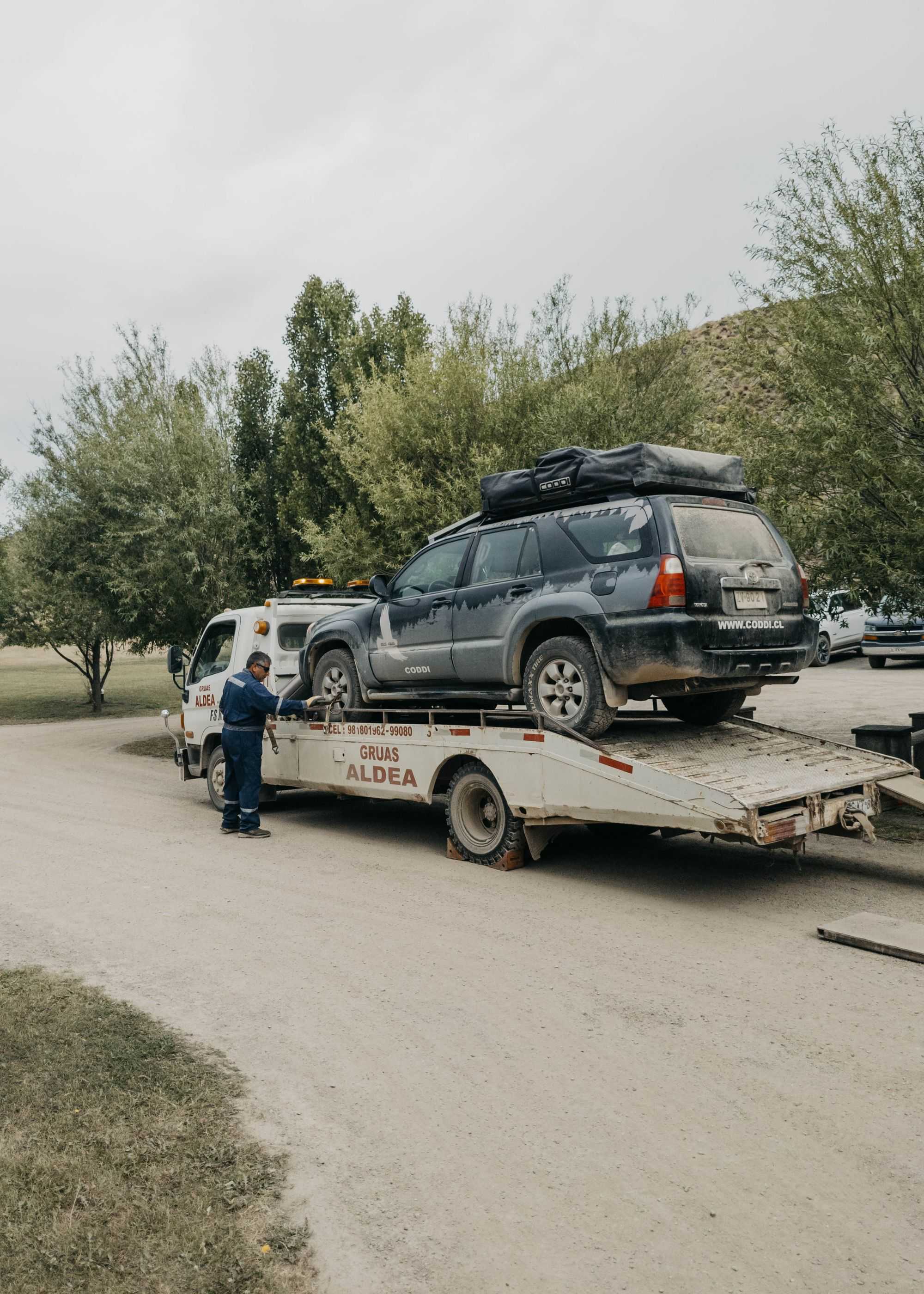
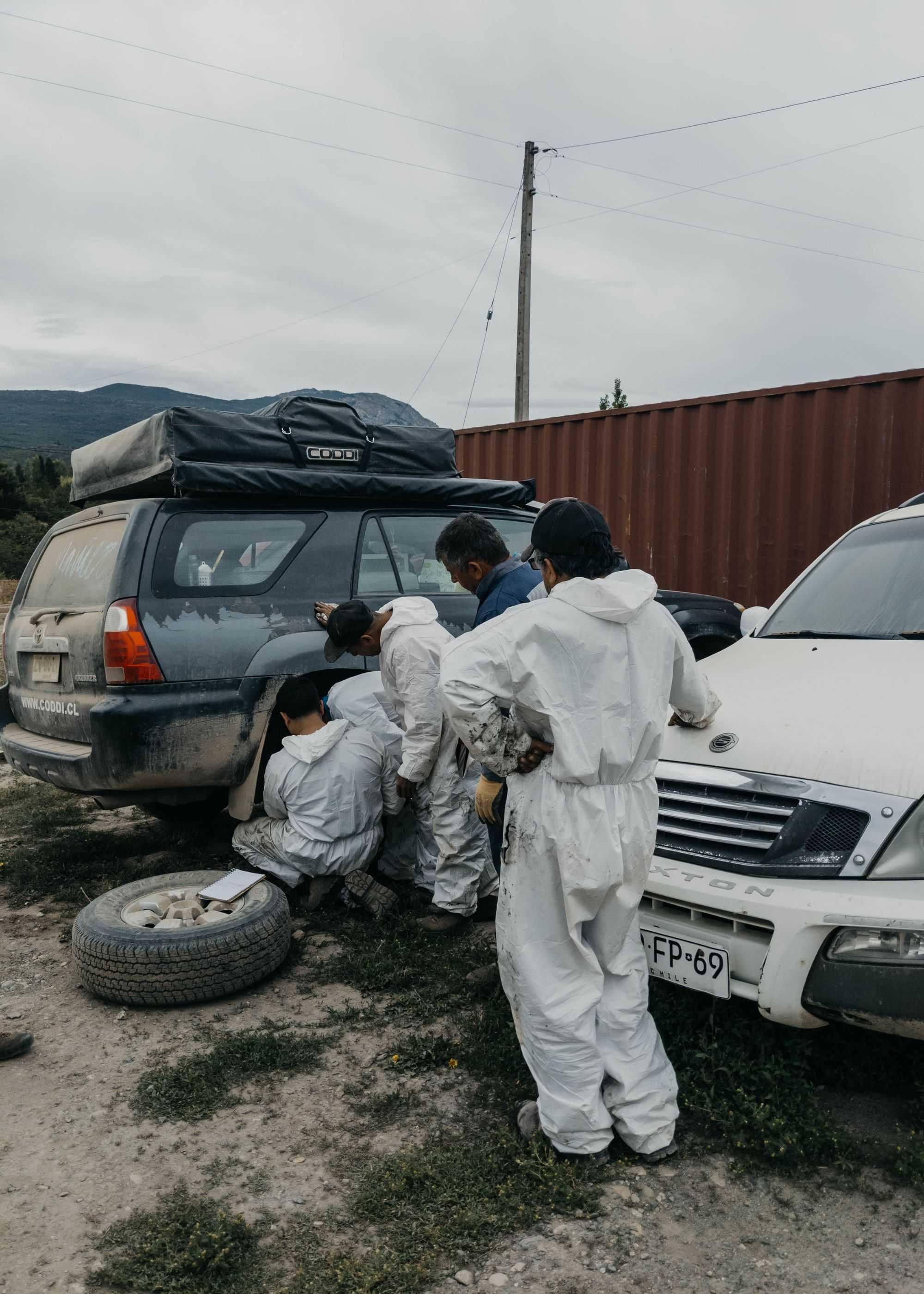
Chapter IX: Sleepy Christmas
There is one last item on the programme before we say goodbye to the legendary road. The small village of Tortel lies on a river delta in a fiord and is famous for the kilometres of boardwalks that link the car-free village. The photos make the village look very idyllic, and it is, but also rather sleepy. Apparently there is a lot going on in the high season (Dec/Jan), but we can hardly imagine it. So we stroll along the boardwalks, look at the partly dilapidated, partly charming wooden huts on the hillside and seek shelter in a restaurant if necessary when another rain shower comes. As soon as the shower is over, we want to leave the restaurant again, the loud droning TV spoils the atmosphere. In the evening we have arranged to meet our German friends, we want to enjoy an early Christmas dinner. As the weather is cool and wet, we move this to a restaurant. At first we are told that it is open, but as we sit inside we are informed that it is actually closed. Well, due to the lack of alternatives, we are grateful that they can conjure up a meal from somewhere and we spend a cosy evening together in the closed restaurant, where the floor cover bulges with every gust of wind. Chilean architecture sends its regards.
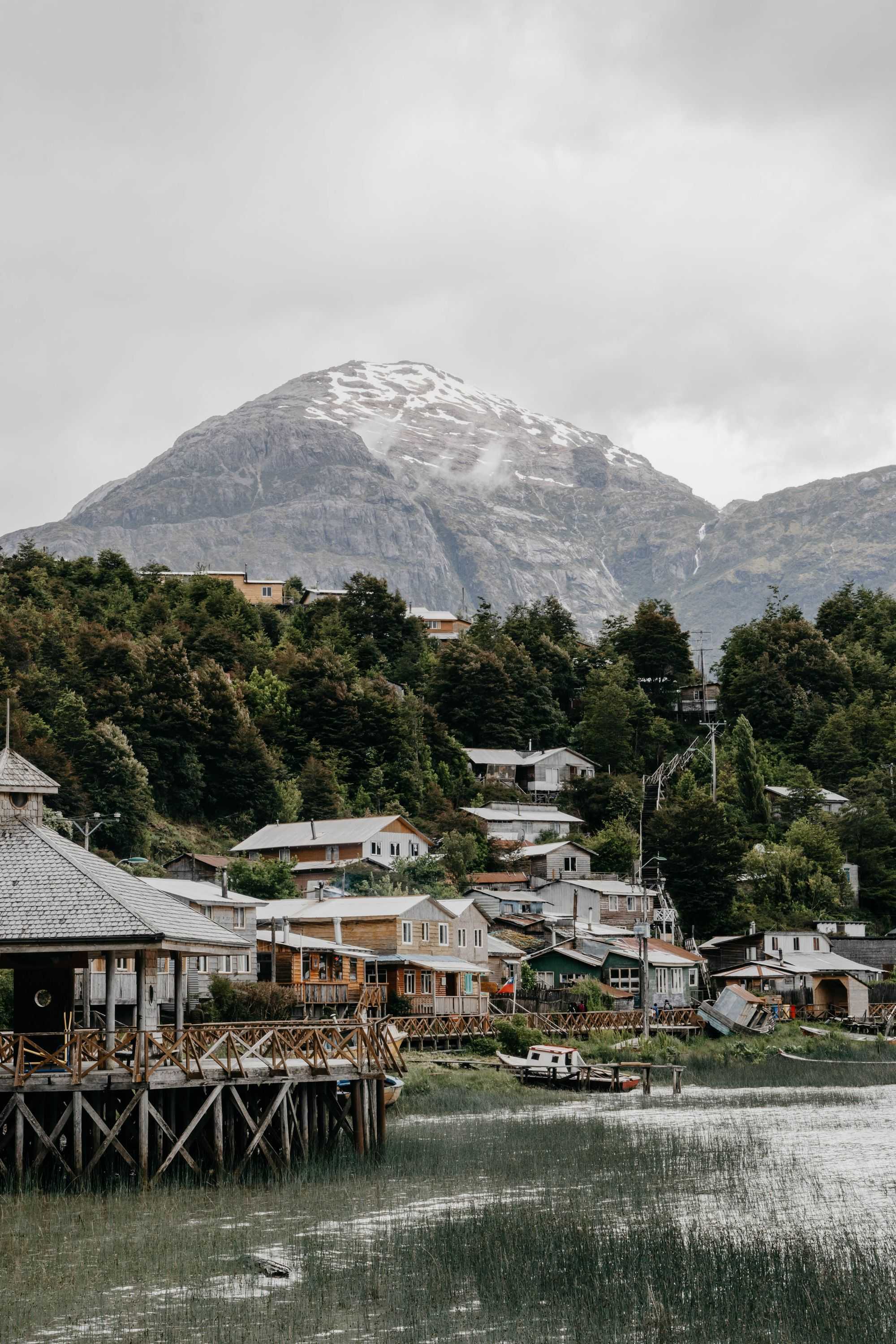
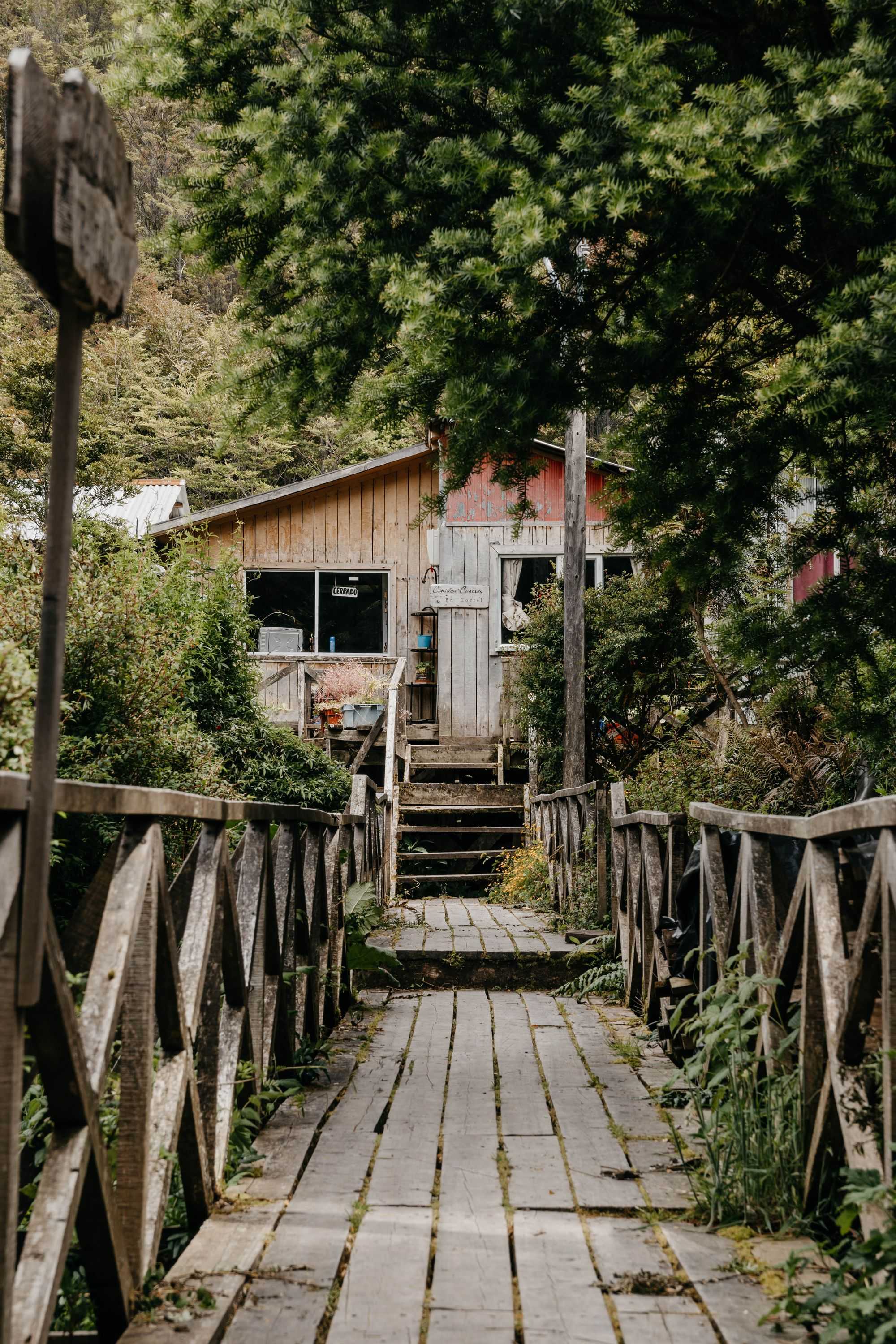
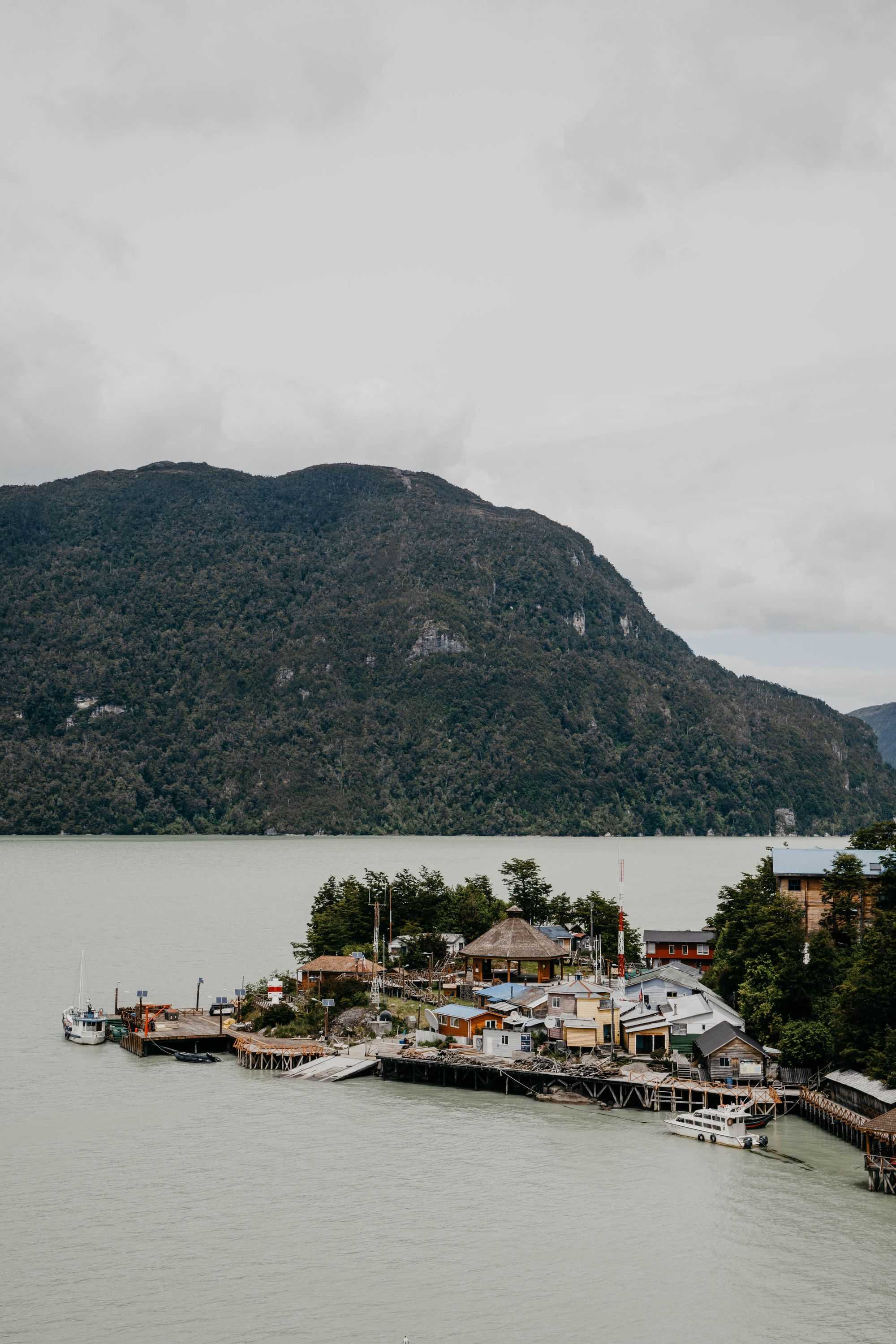
Chapter X: Feliz Navidad on the high seas
Caleta Yungay is the last place that can be reached by land and that is part of the Carretera. For us, this means the end of the Carretera Austral. The route would continue after a ferry ride to Villa O'Higgins, but then you would have to turn around, because that is the end of the road. We want to save these kilometres (and above all this petrol), because in Puerto Yungay our ferry leaves, which will take us to the south. We will spend about 48 hours on this ship, three meals a day are included, there are no cabins but simply rows of seats like in a plane or a bus. So on the 24th of December, around dusk, we board this ferry and are curious to see what this Christmas will be like. Our Christmas menu consists of simple canteen food served on prison-like trays in a narrow dining room, but with extremely friendly and motivated staff. Over the days we get to know various people, as the lounge area is sparse and we spend two days on the ship. The beautiful view between the Fijords, a shipwreck somewhere in the sea, a stop at a village where there shouldn't be one any more and Netflix series offer variety. In fact, even Santa Claus drops by on the ship and provides a bit of atmosphere. Surely an unforgettable, unique, if not very contemplative Christmas.
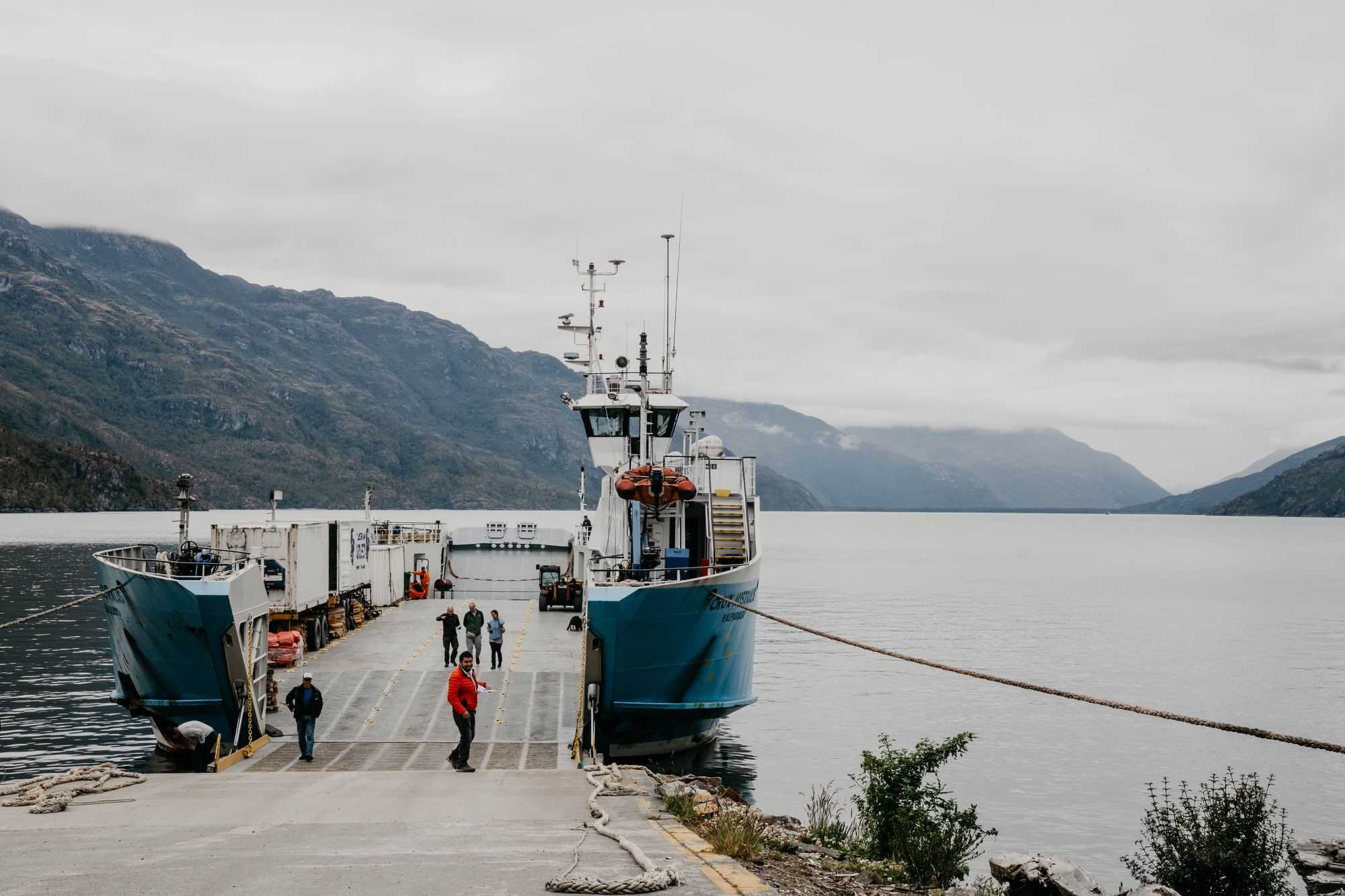
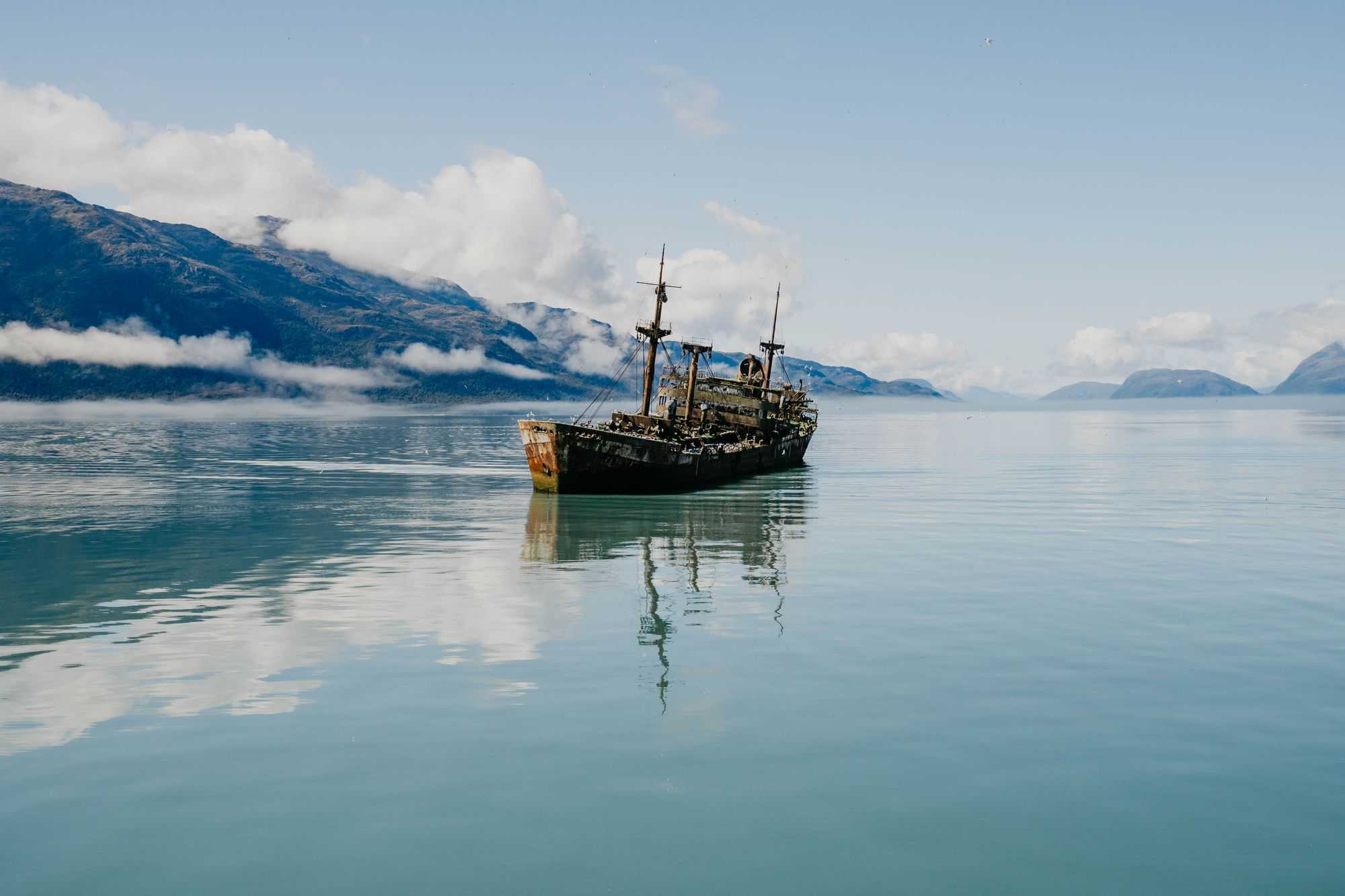
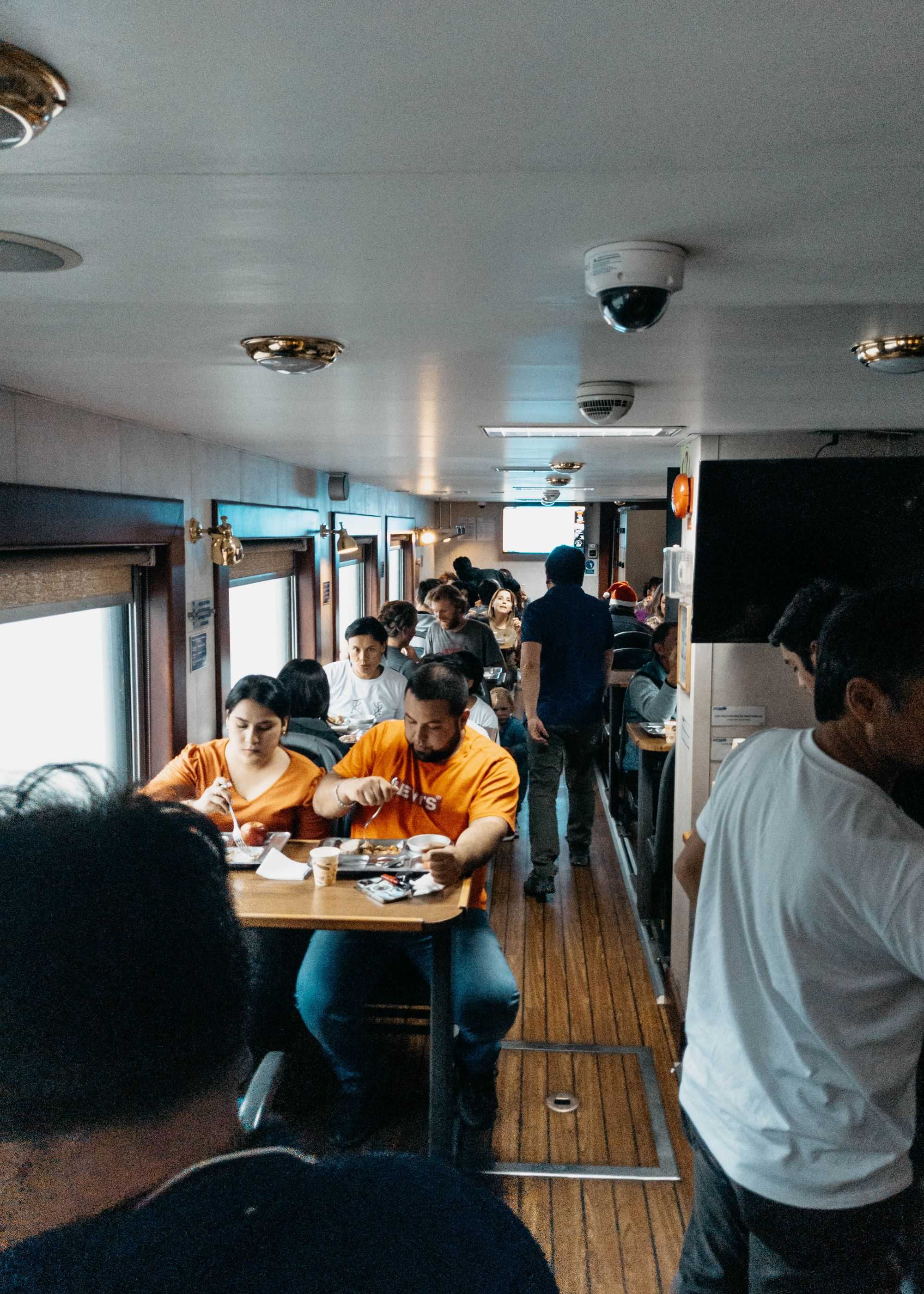
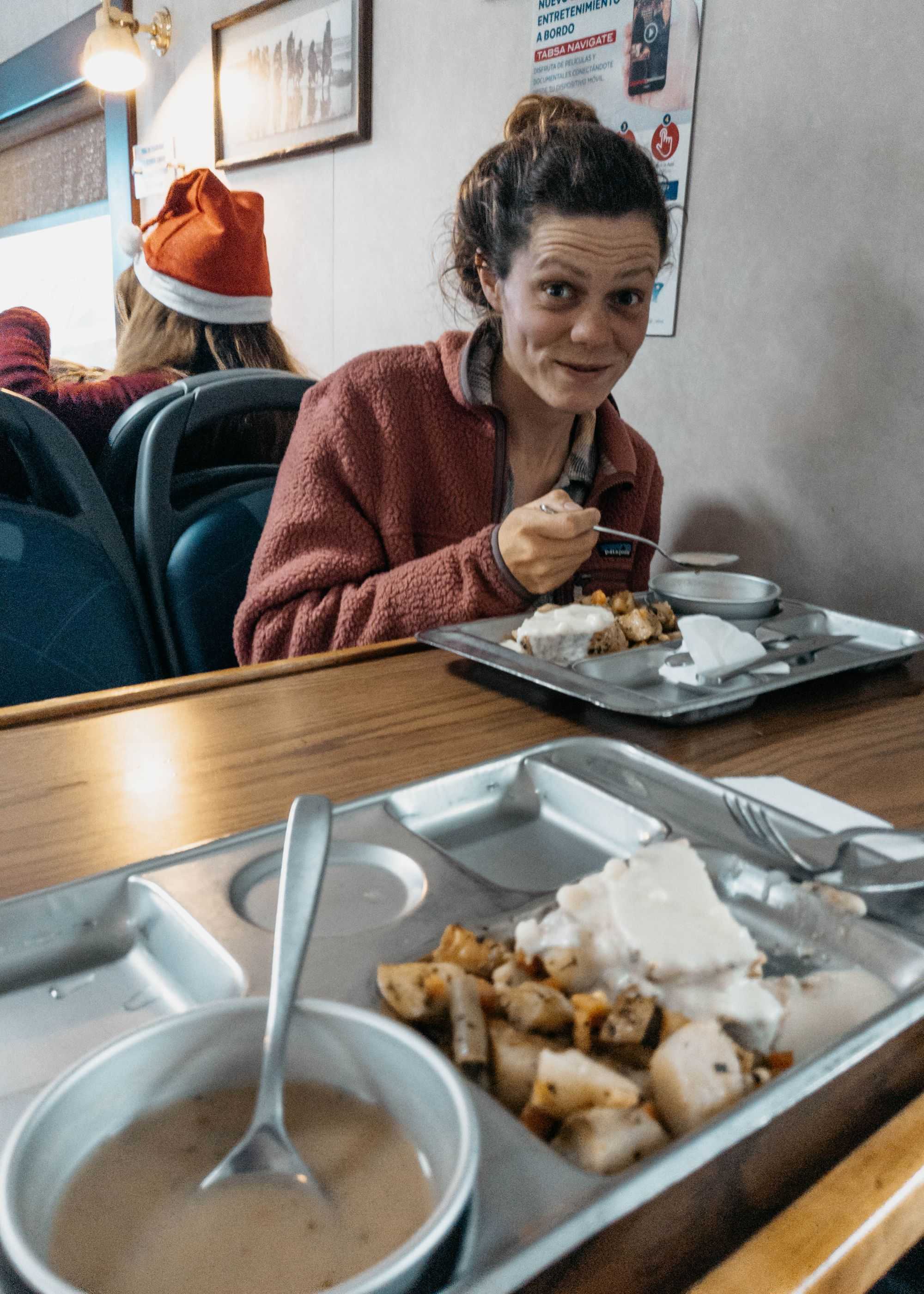
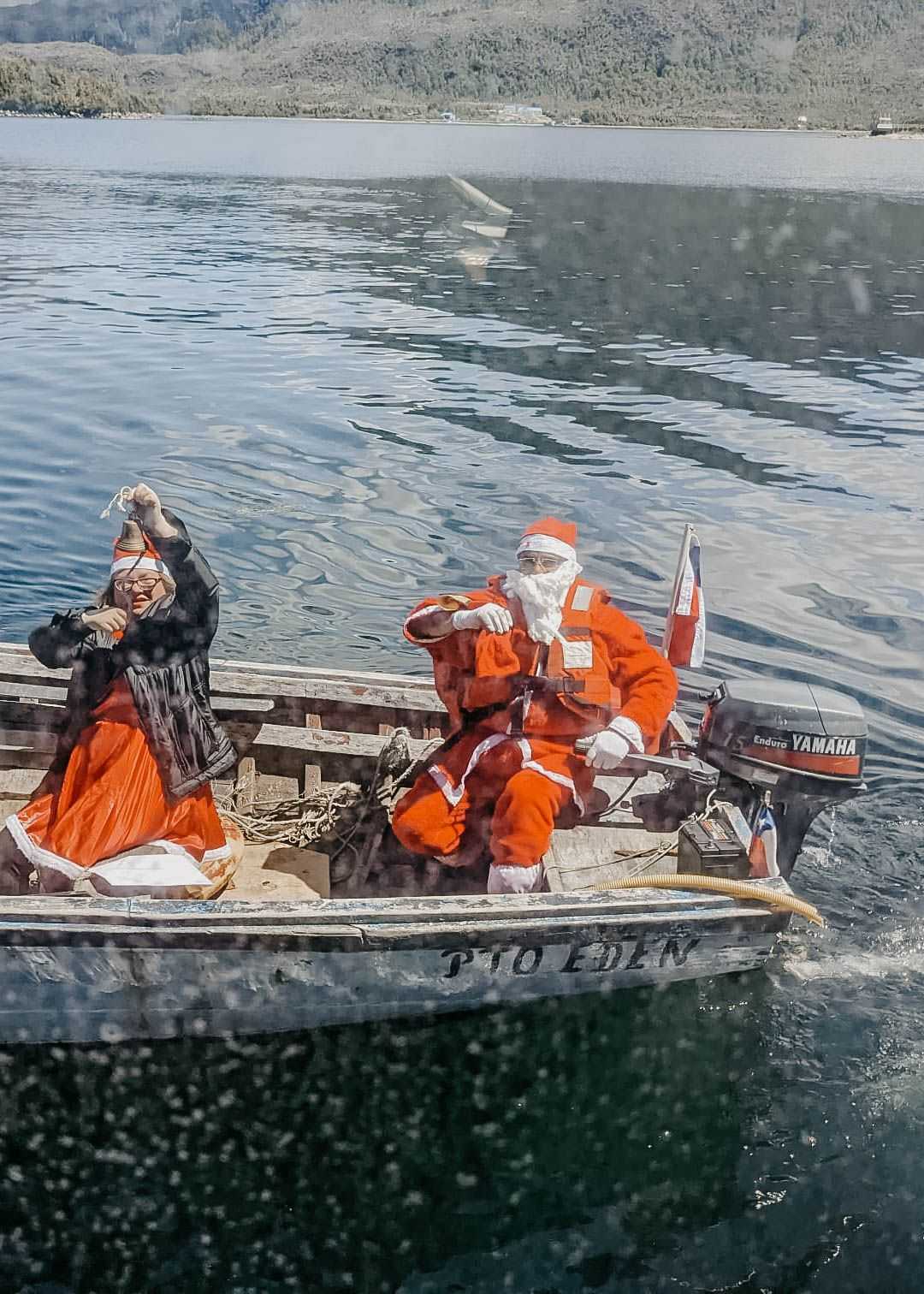
Chapter XI: Finally
We are happy when we reach Puerto Natales. The hours drag on more and more on the rather narrow and uncomfortable ferry. Suddenly we are in the middle of the tourist centre of southern Patagonia and away from the quiet idyll of the Carretera. On the other hand, there is delicious coffee here again, the first todo after our arrival. We have fond memories of the dream road with a thousand pictures of breathtaking landscapes in our heads. Even though the route is no longer a secret and has lost some of its adventure factor, the sometimes bumpy ride is still worth it. It is rare to be gifted with such beautiful scenery over so many kilometres.
